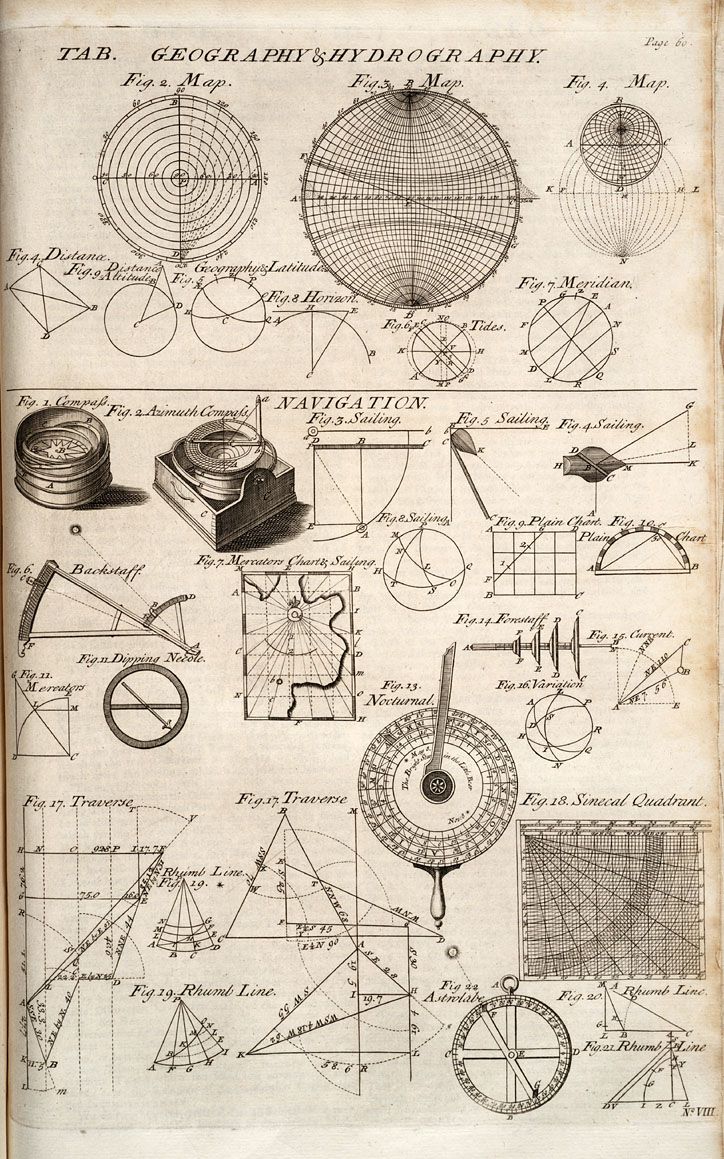
Anamorphosis
by Jedi Simon
Anamorphosis is a distorted projection that requires the viewer to occupy a specific vantage point, use special devices,
or both to view a recognizable image. It's used in painting, photography, sculpture and installation, toys, and film special effects.
The word is derived from the Greek prefix ana-, meaning "back" or "again", and the word morphe, meaning "shape" or "form".
Art

Instrumental arcs
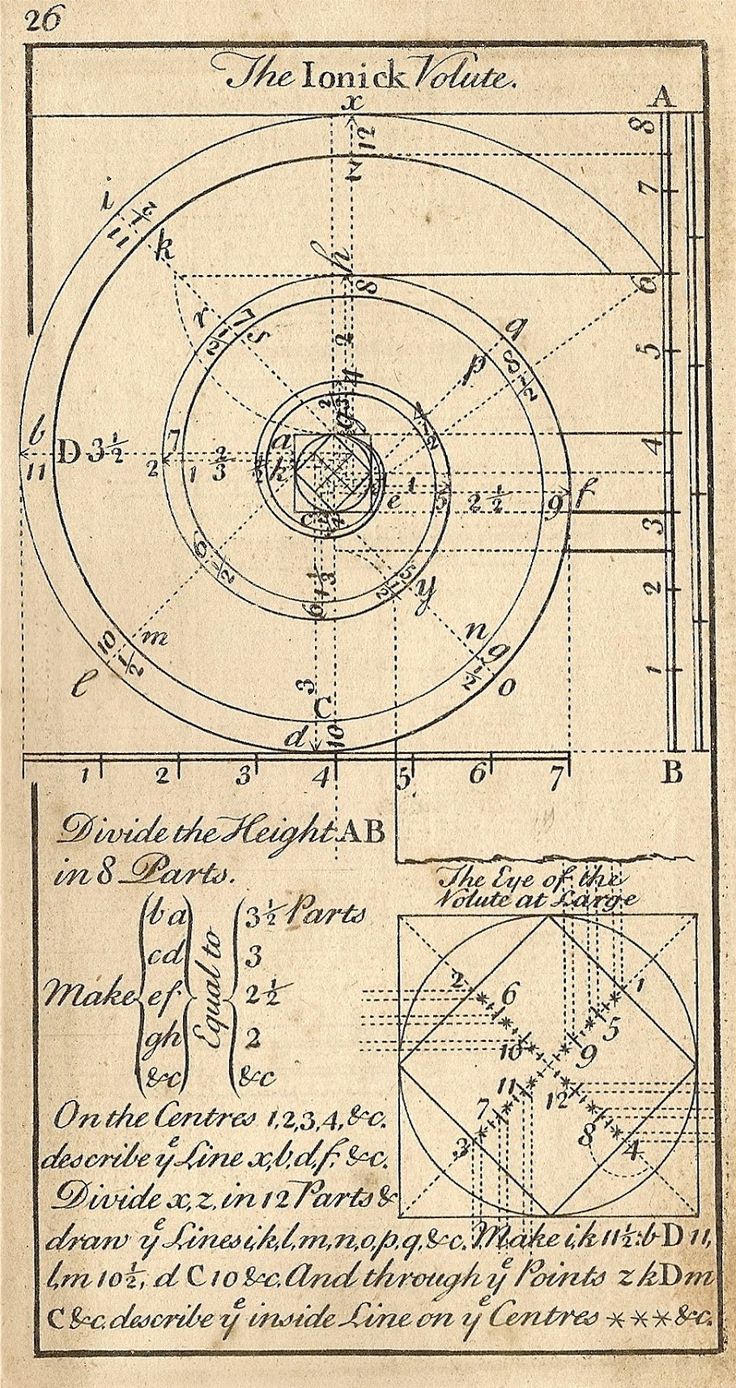
Spyral
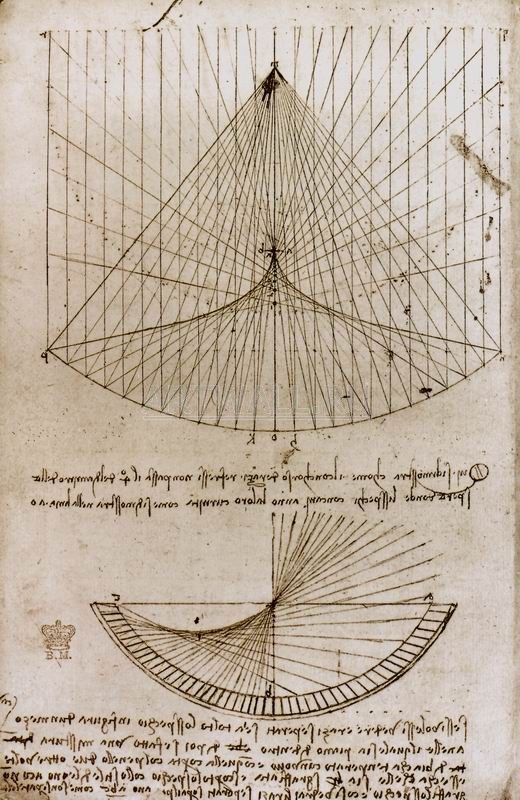
Projections
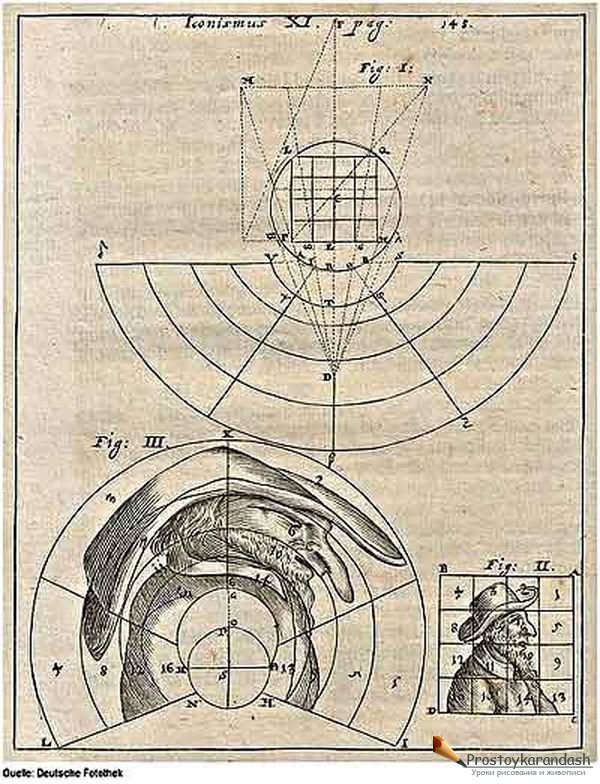
Fragmentation
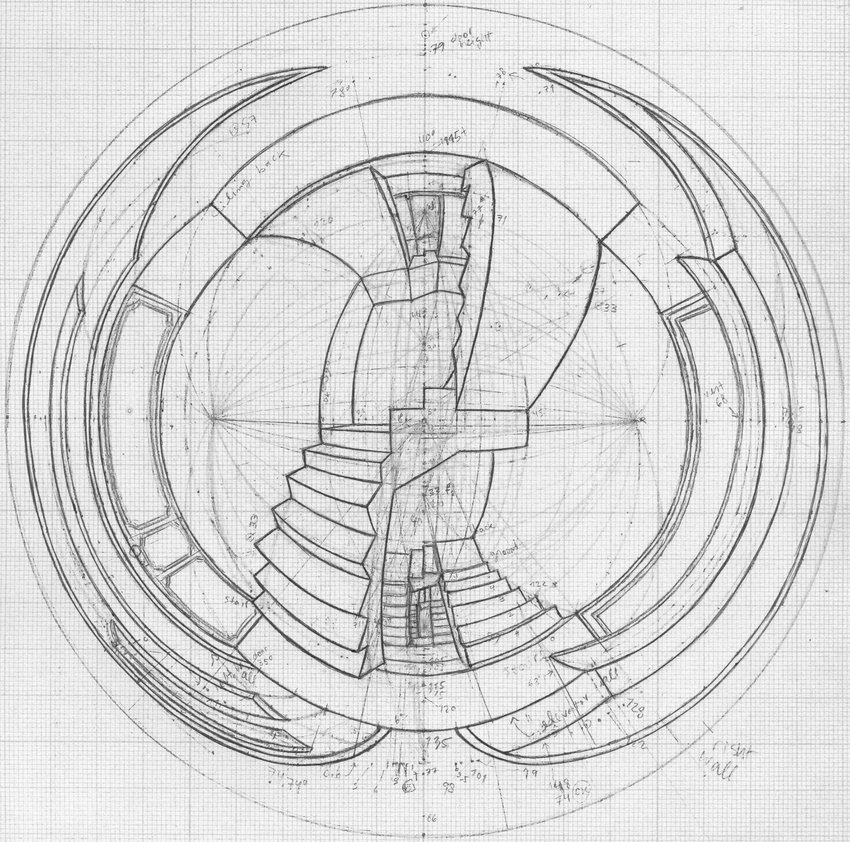
Study
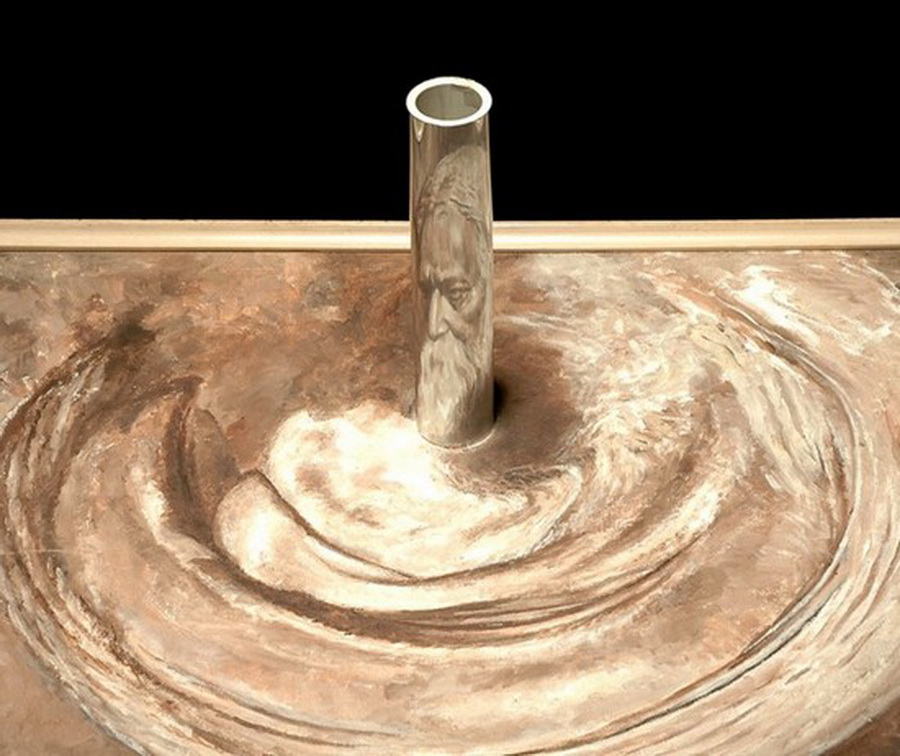
Solution and abstraction
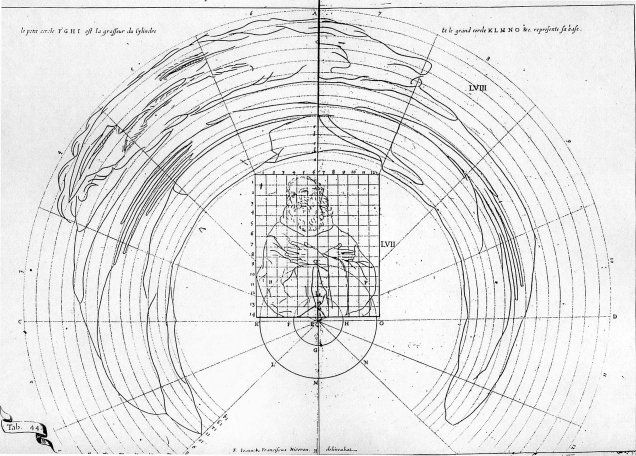
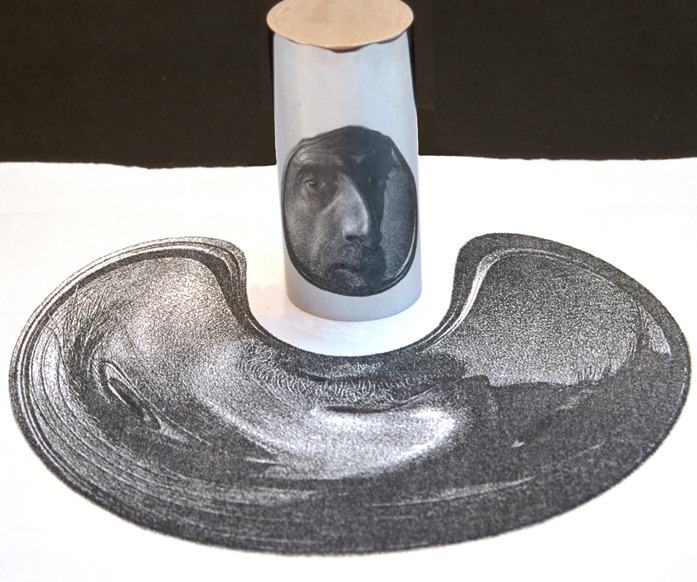
Explanation. Go molecular or plasmatic and apply the concept.
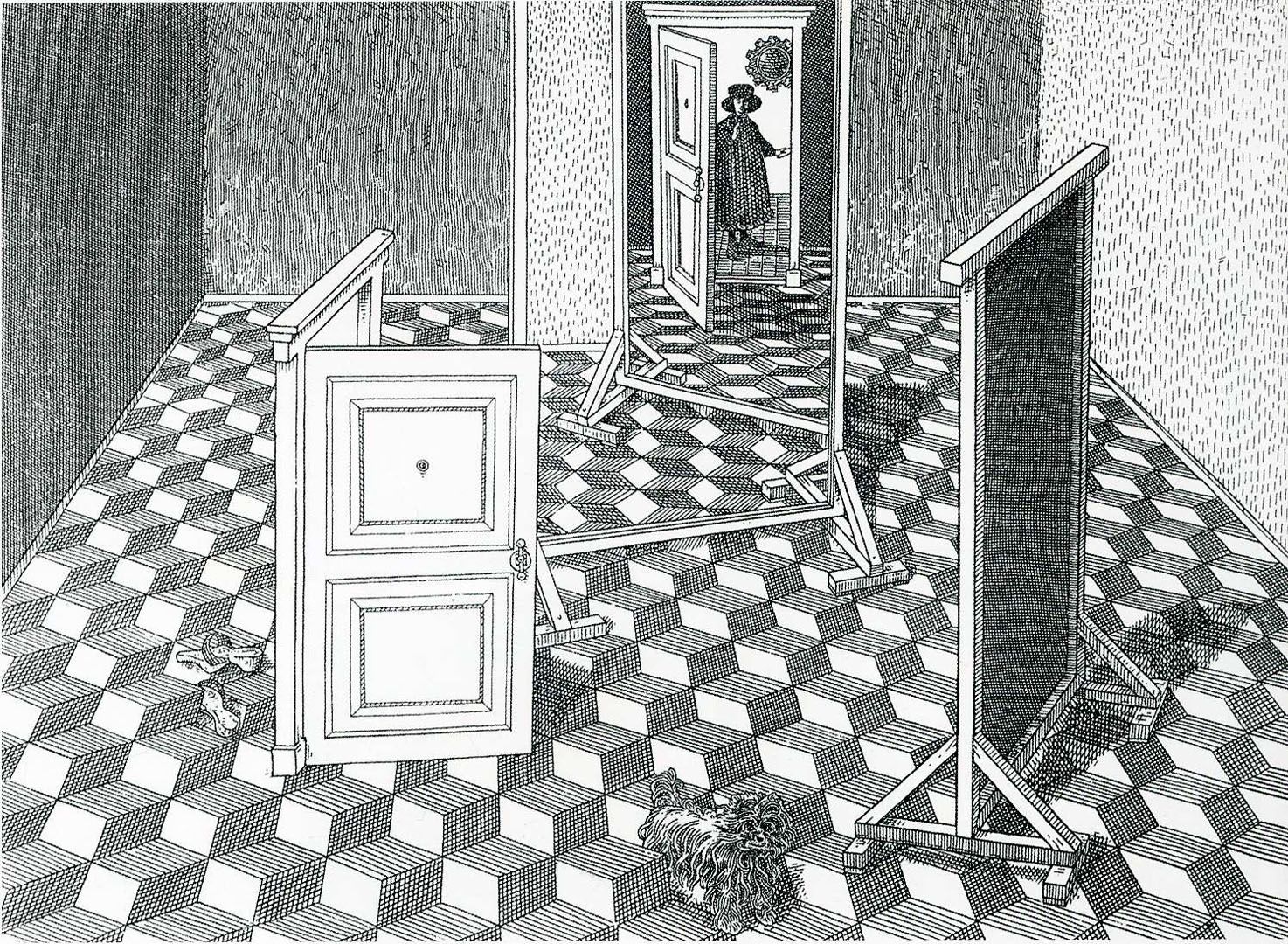
Intemingled reality
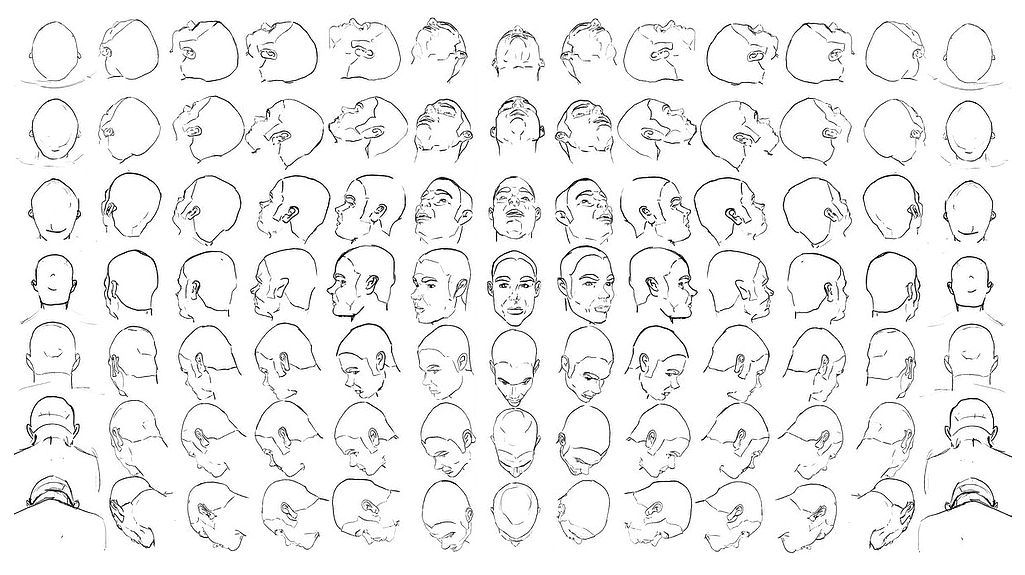
Sigma 91 eye vision
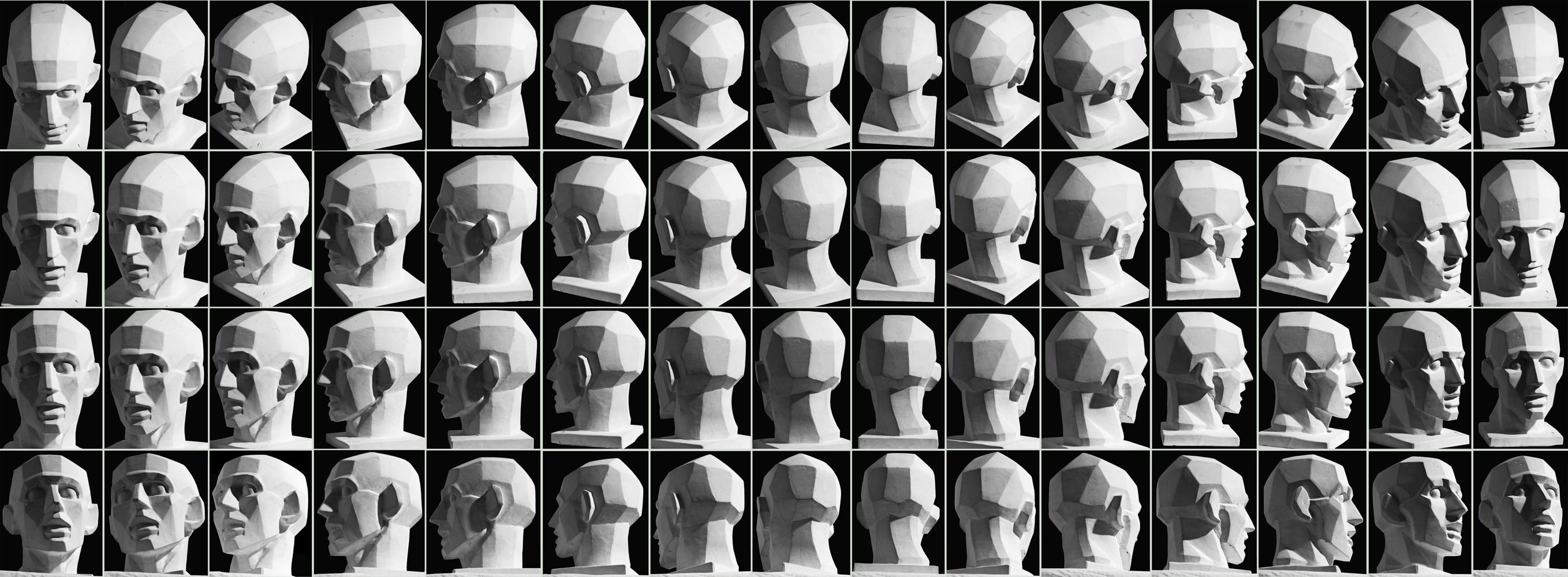
Sigma 60
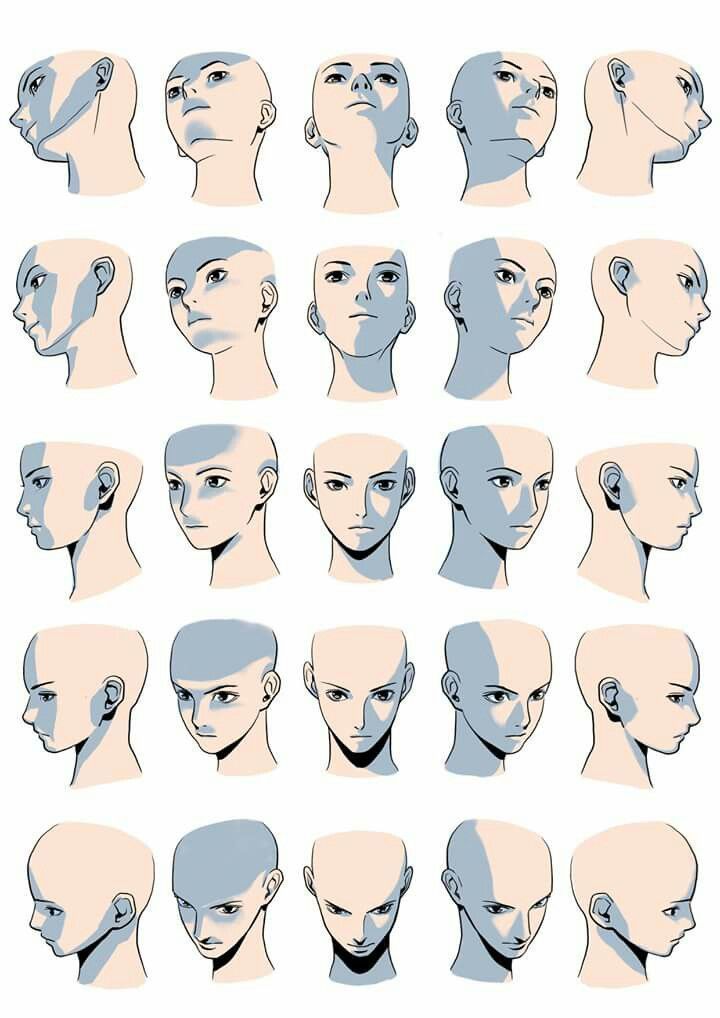
Sigma 25
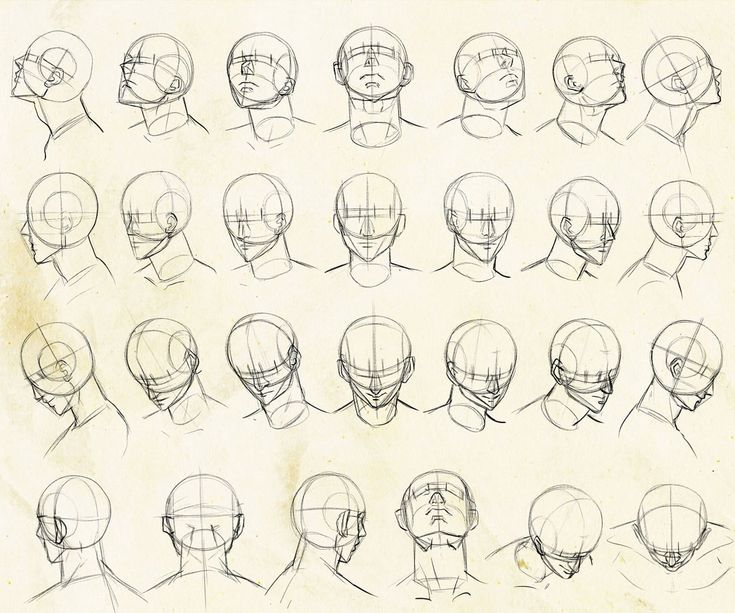
Sigma 27

Sigma 13

Anamorphic projection
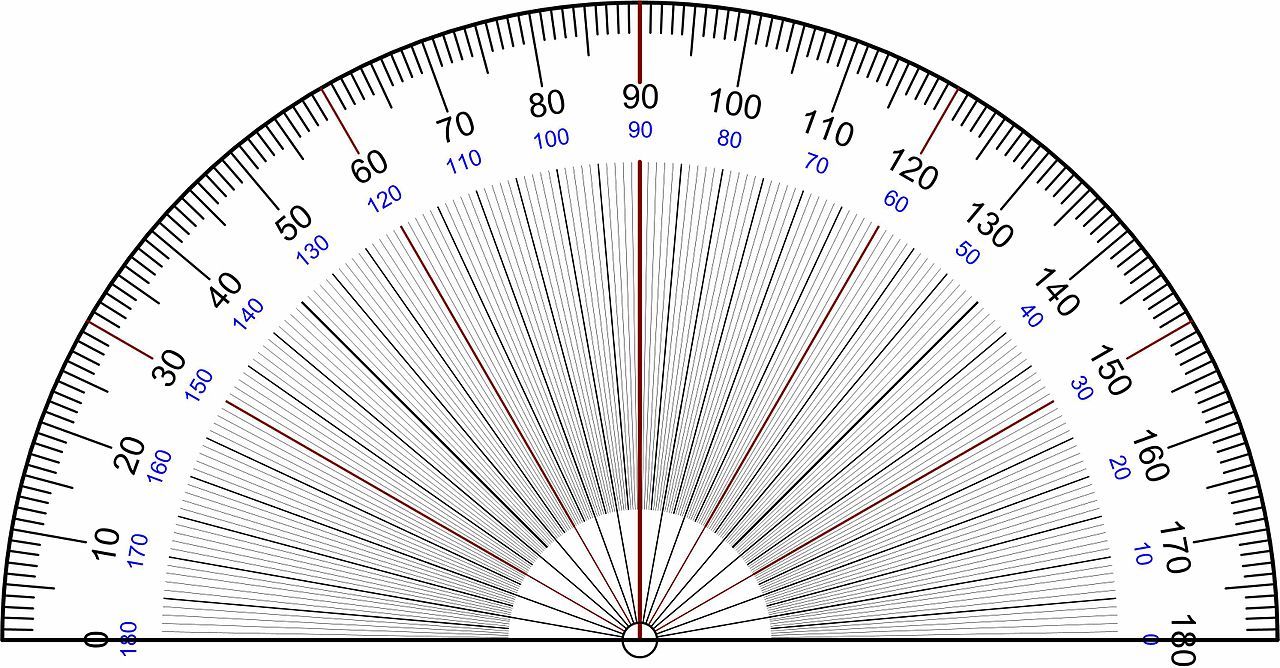
A half circle protractor marked in degrees (180į). Goniometer
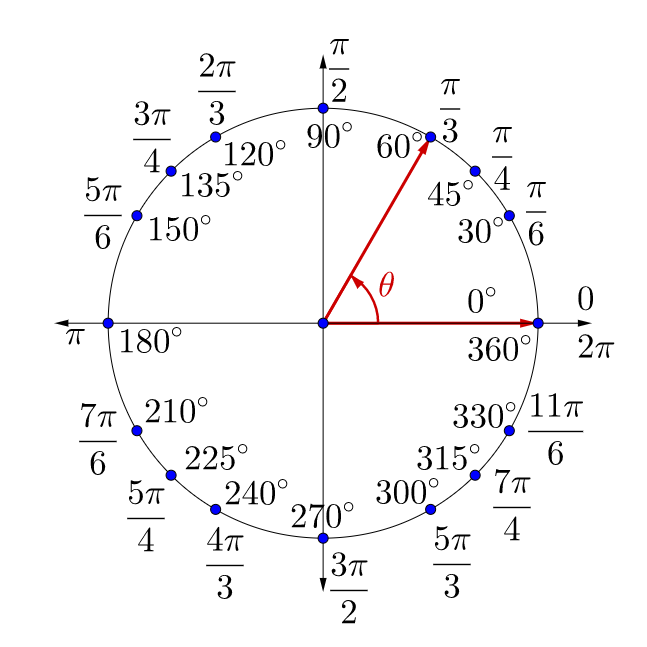
Angles and fractions
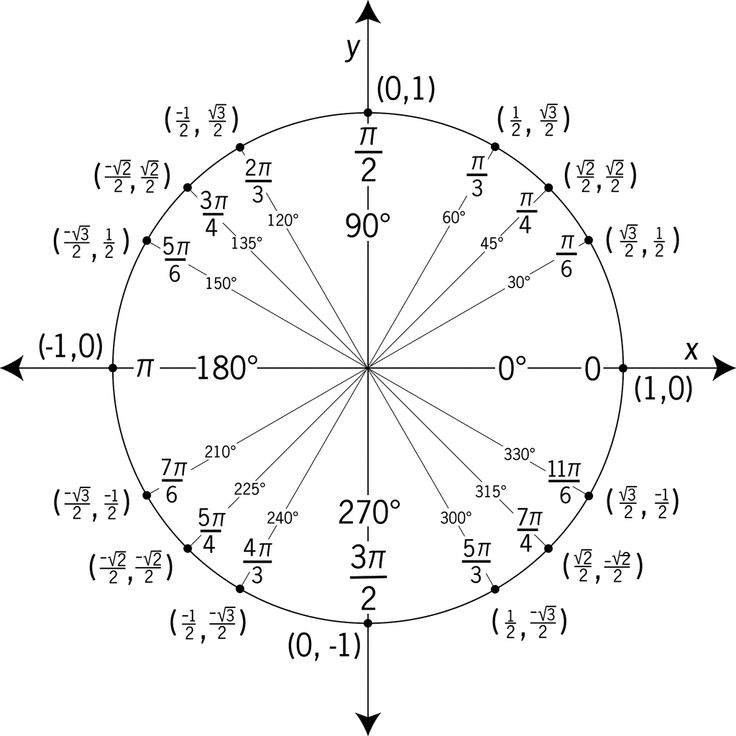
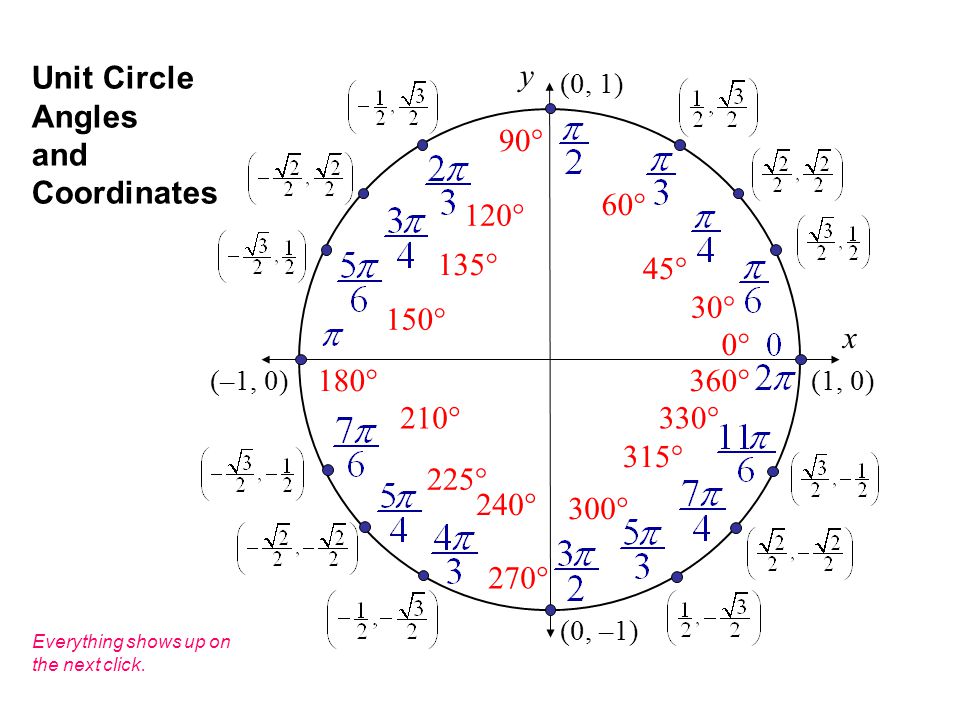
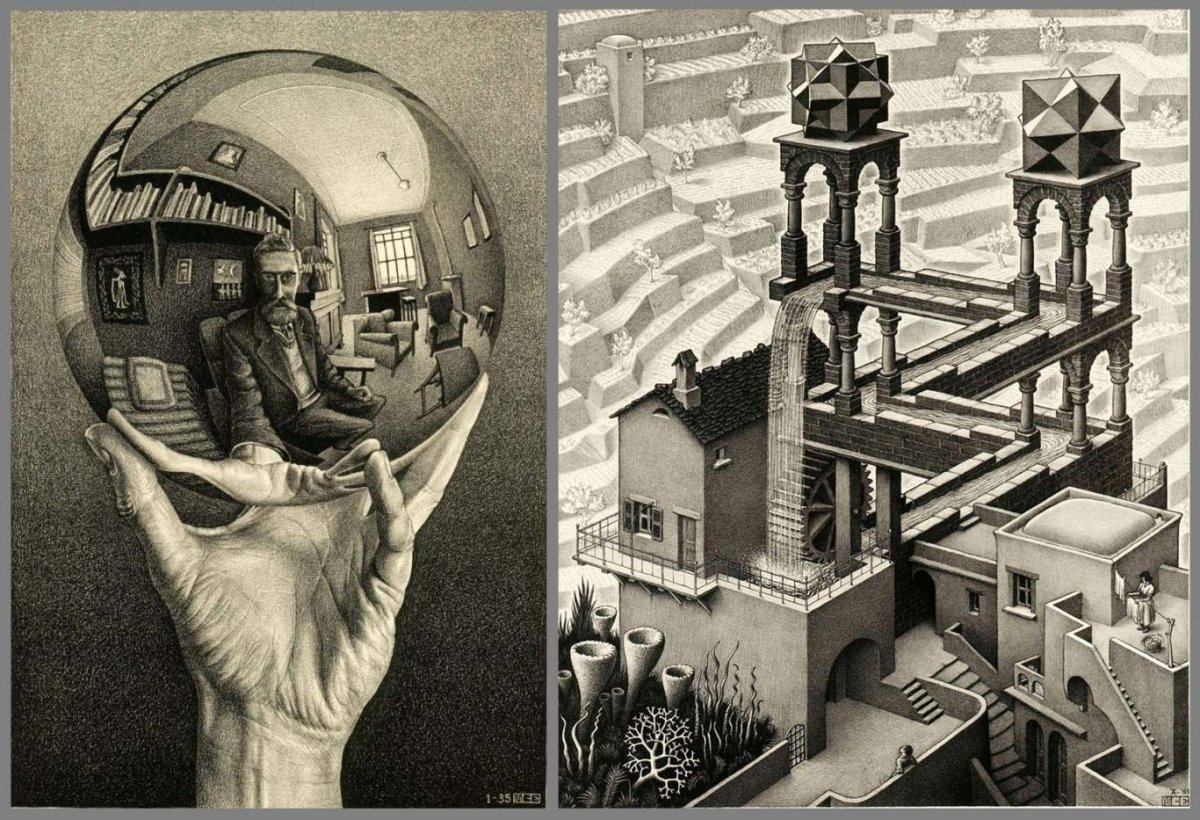
Maurits Cornelis Escher
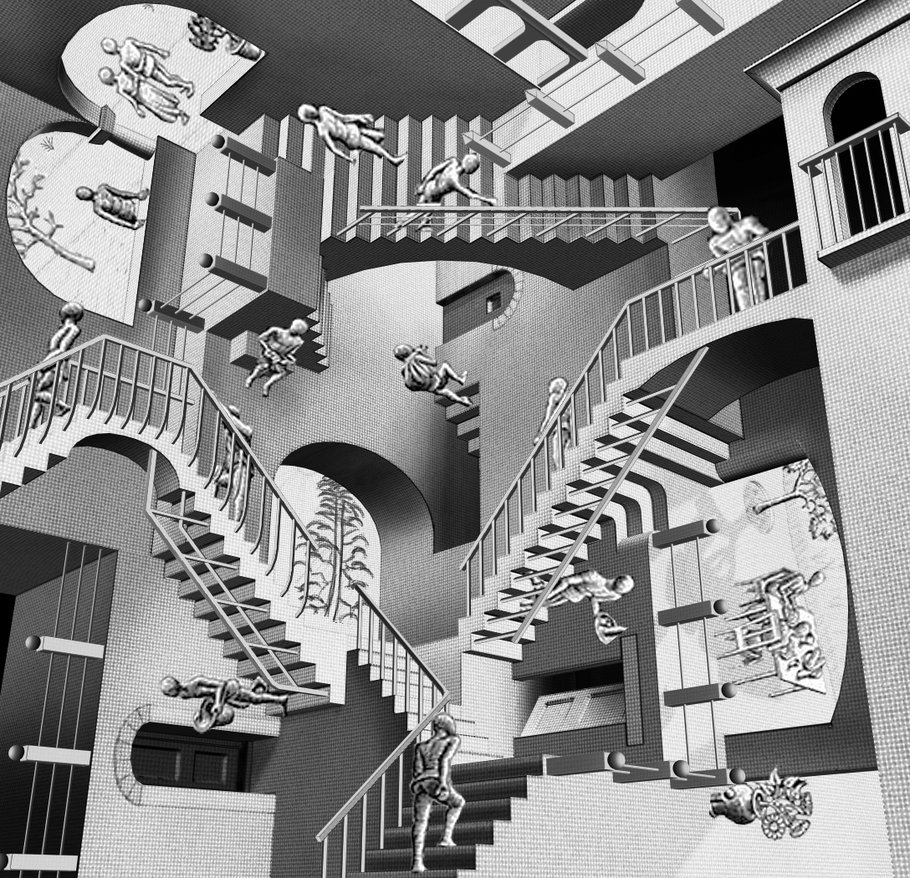
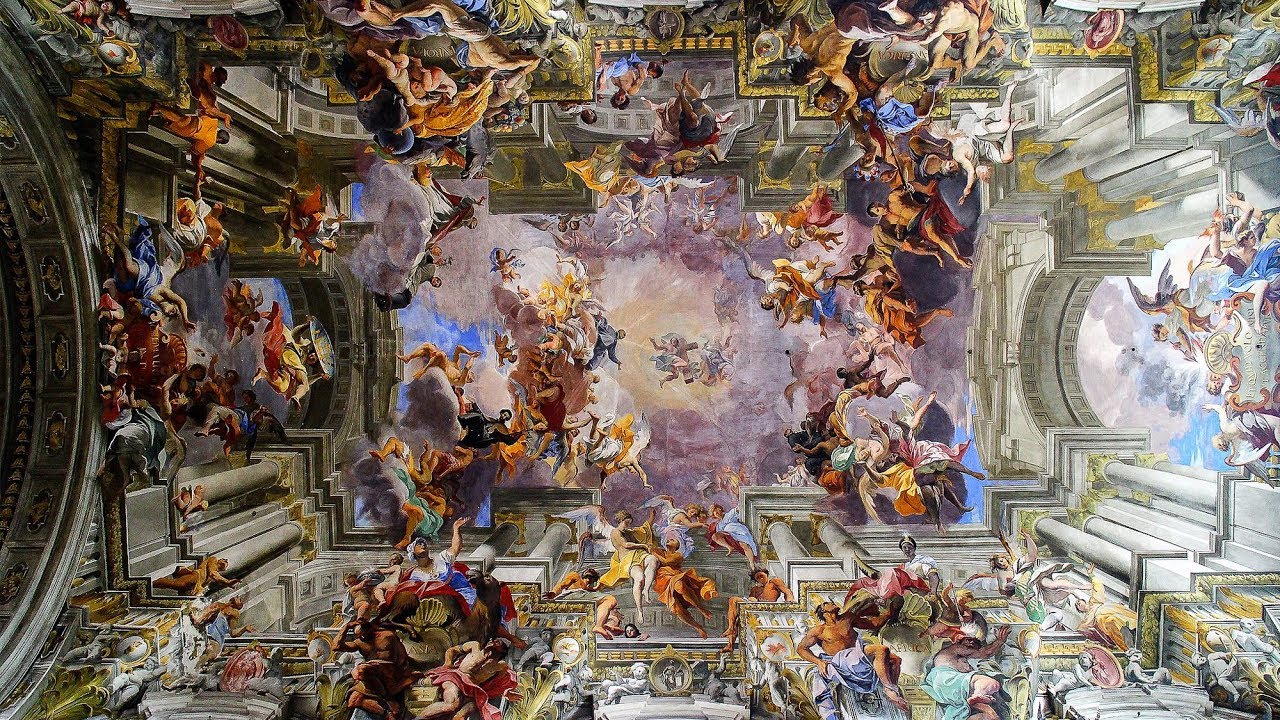
Sky above
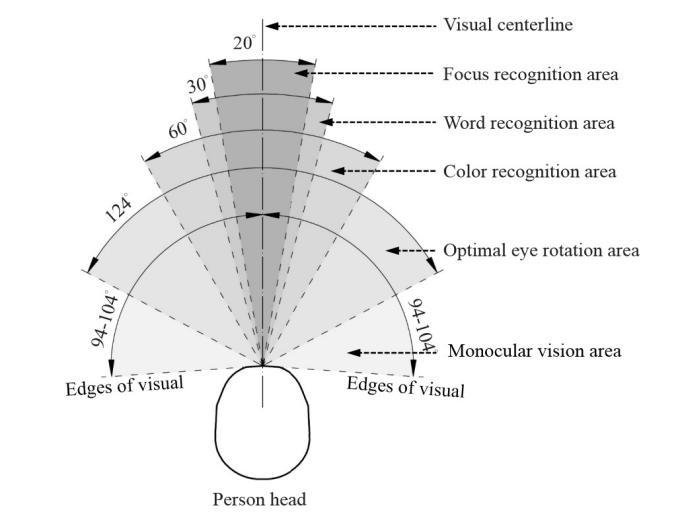
Perception
Ķ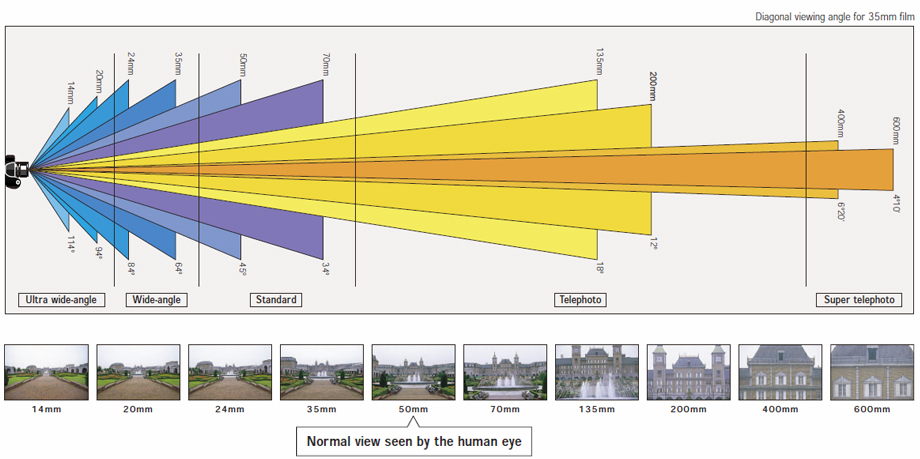
Lenses
Art Shows
Excersise: Impossible Video Try this one and feel what happens to Your State of Mind as soon as awareness takes place.
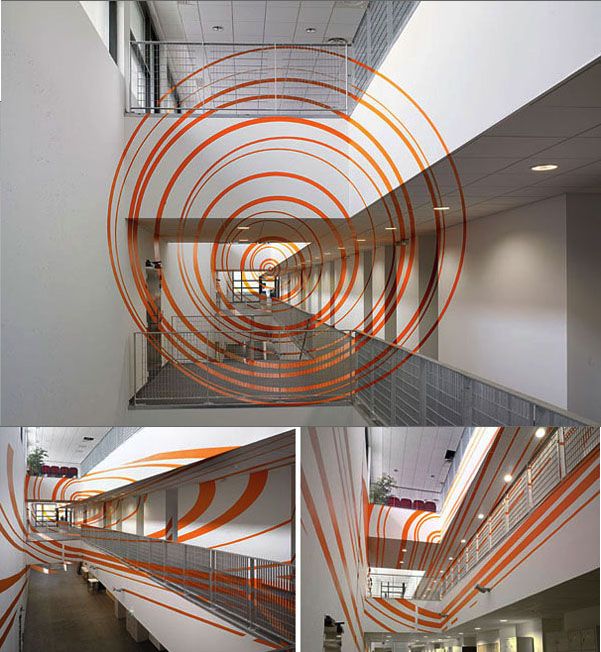


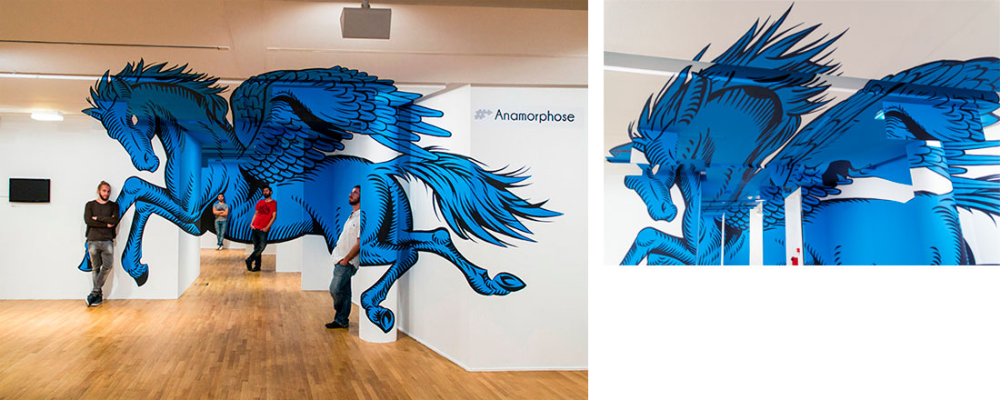
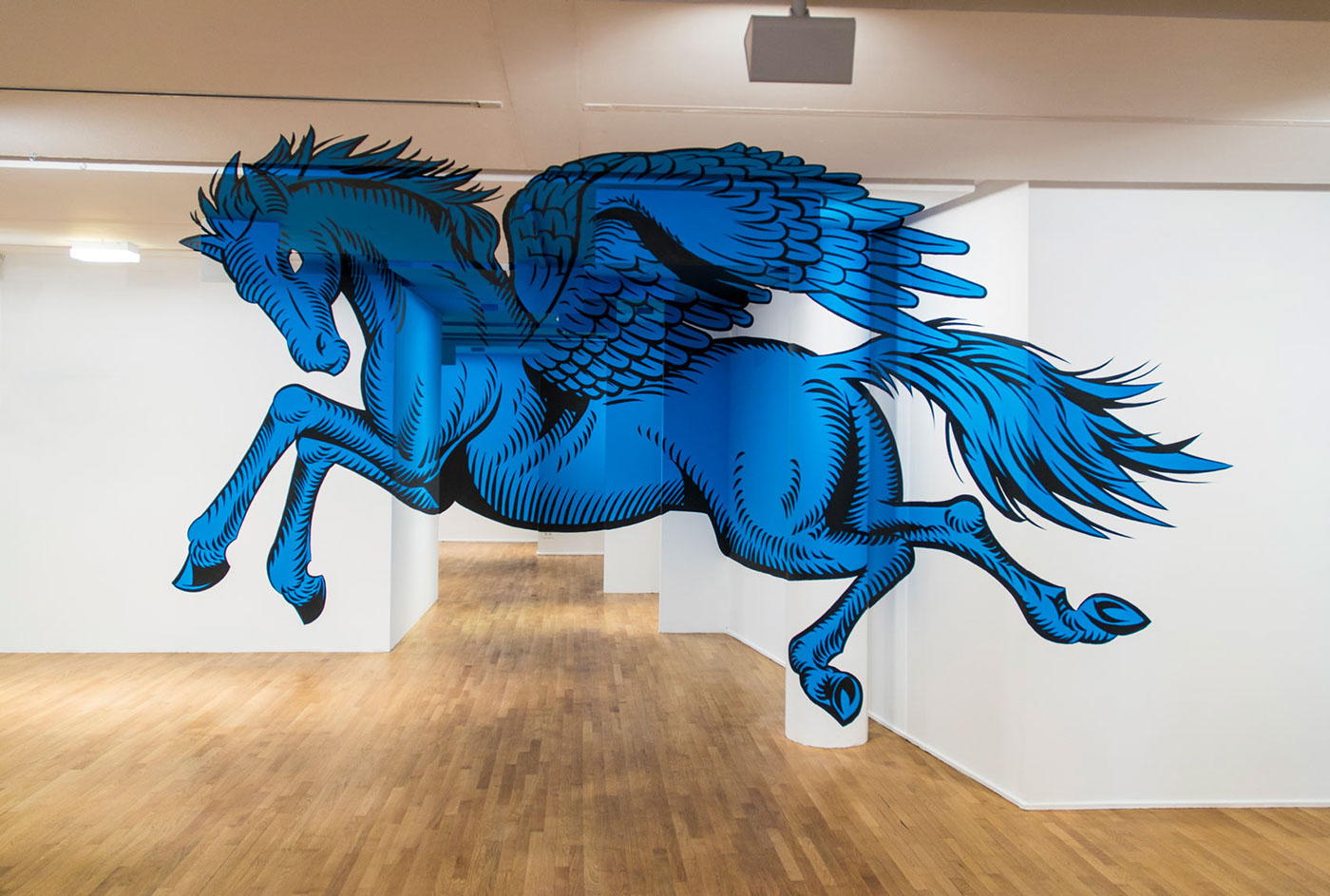

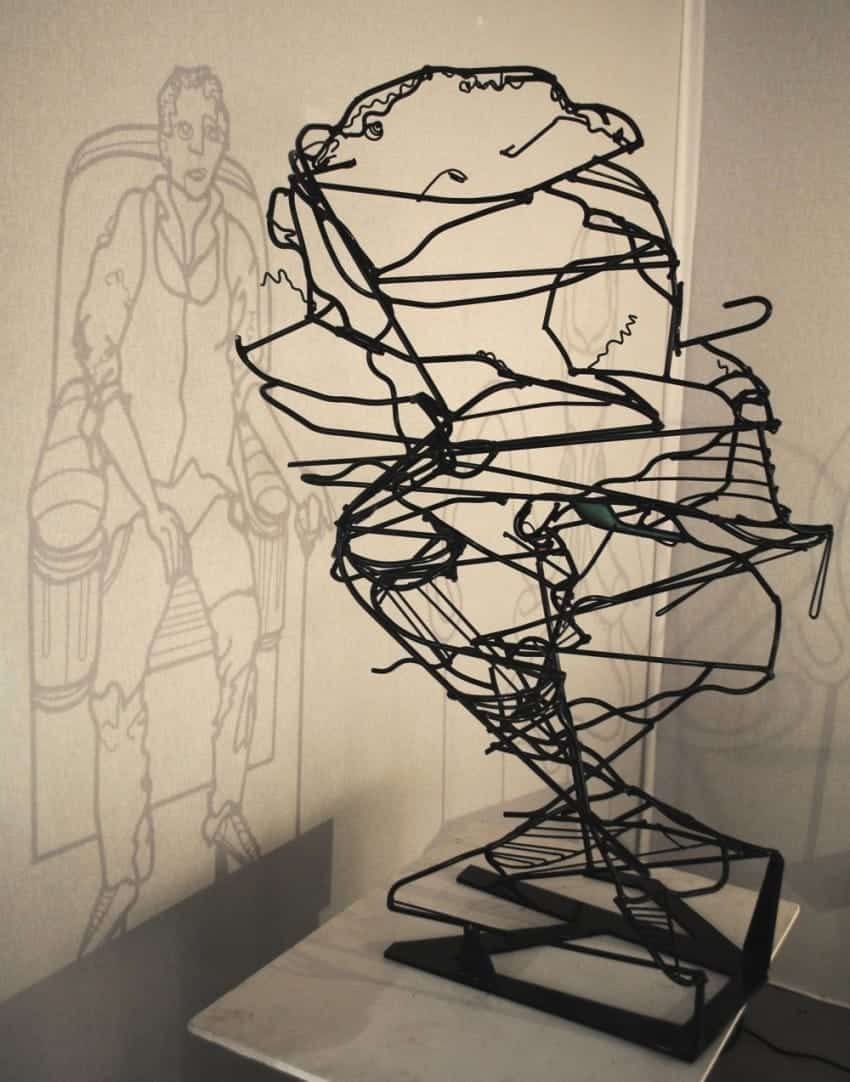
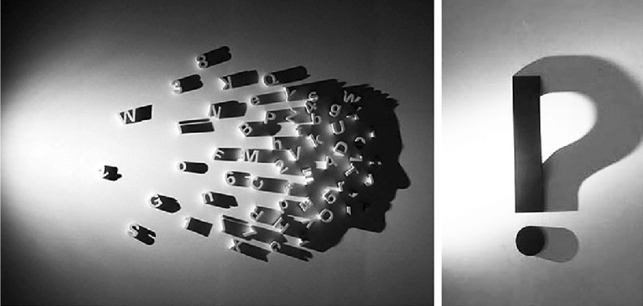
Conceptually, paradoxical...
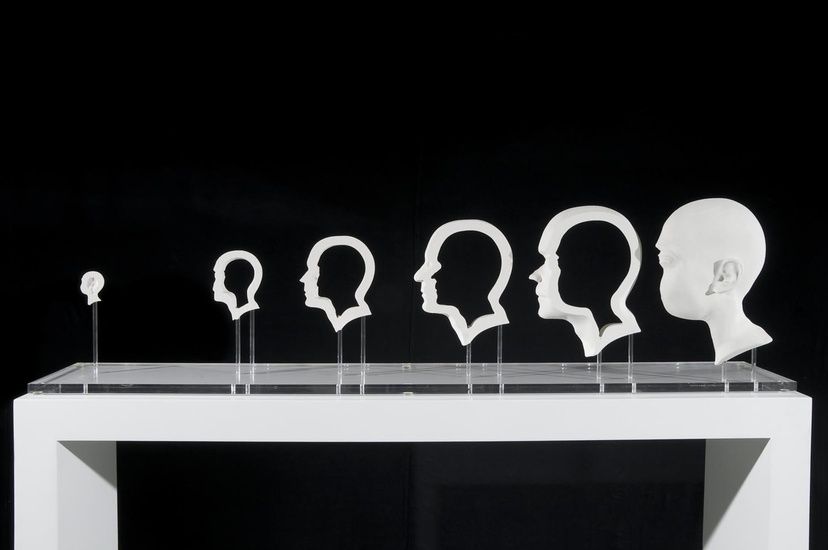
Fragmentation
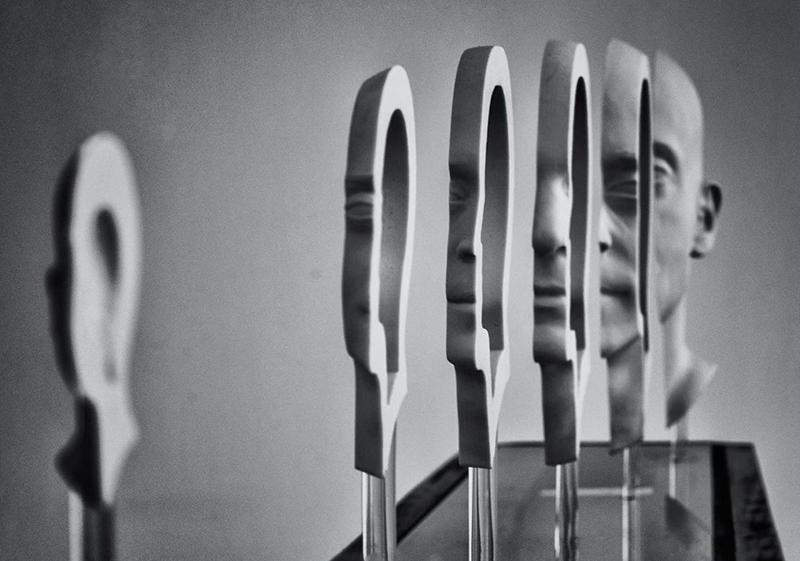
Fragmentation 2
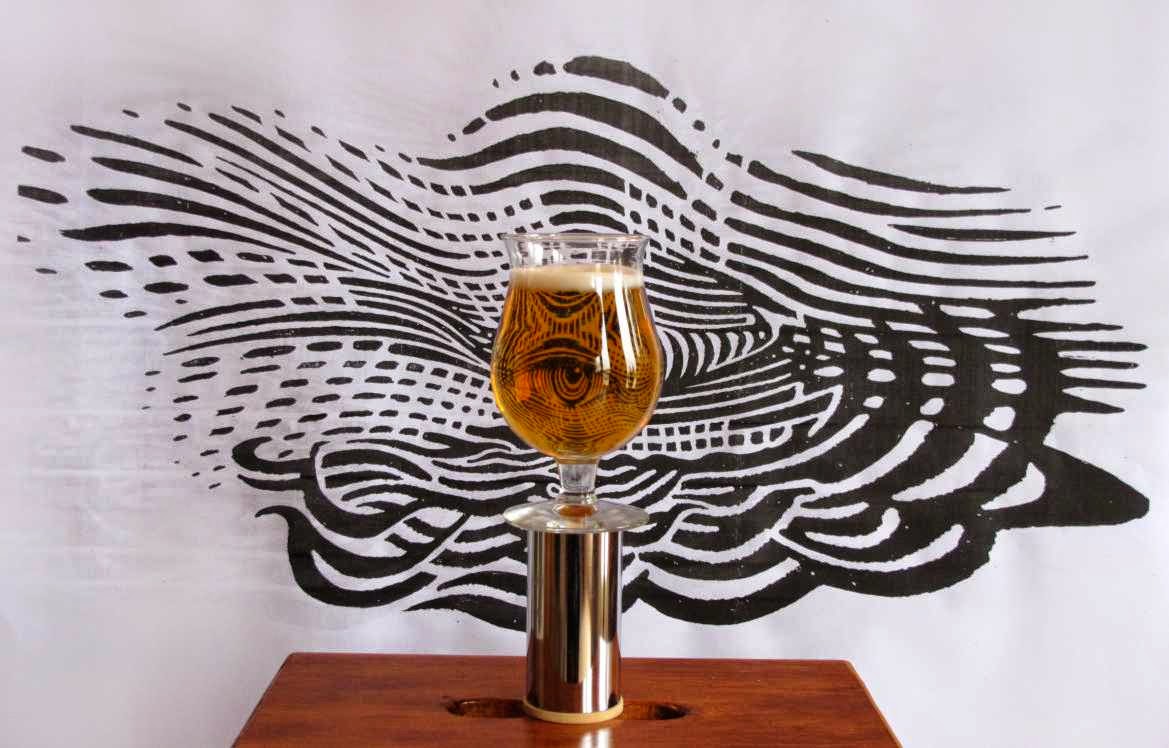
Cheers
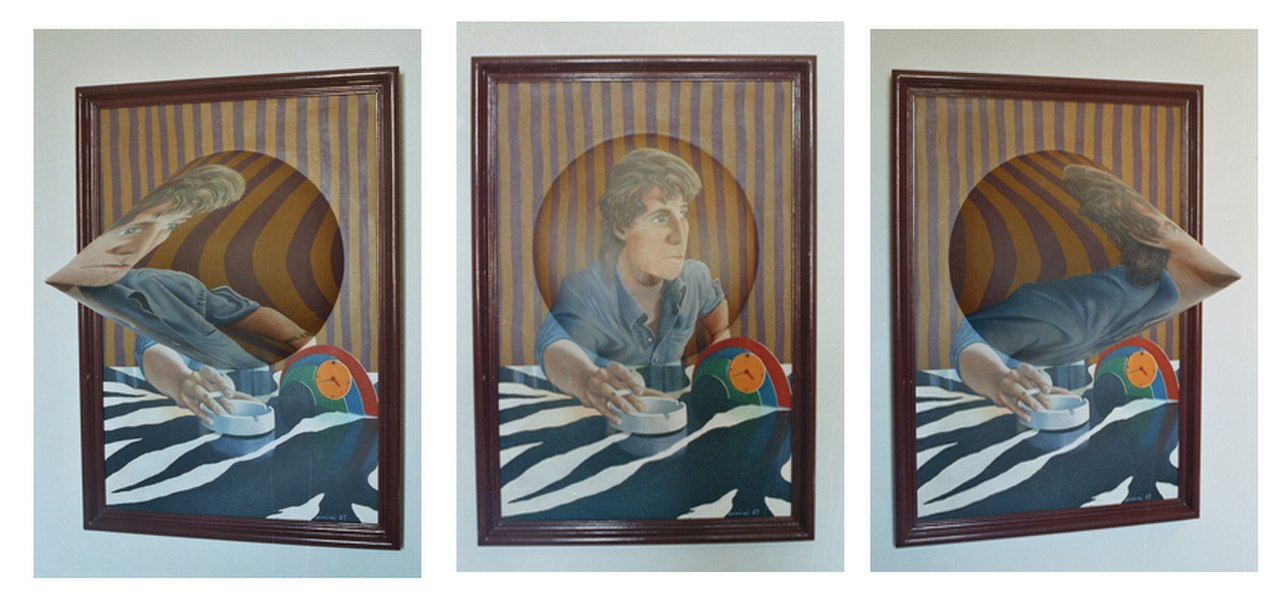
3 Dimensional Anamorphosis
Street Art
.jpg)
.jpg)
.jpg)
.jpg)
.jpg)
.jpg)
.jpg)
.jpg)
.jpg)
.jpg)
.jpg)
.jpg)
.jpg)
.jpg)
.jpg)
.jpg)
.png)
There are two main types of
anamorphosis: perspective (oblique) and mirror (catoptric). More complex
anamorphoses can be devised using distorted lenses, mirrors, or other optical
transformations.
An oblique anamorphism forms an affine transformation of the subject. Early
examples of perspectival anamorphosis date to the Renaissance of the fifteenth
century and largely relate to religious themes.
With mirror anamorphosis, a conical or cylindrical mirror is placed on the
distorted drawing or painting to reveal an undistorted image. The deformed
picture relies on laws regarding angles of incidence of reflection. The length
of the flat drawing's curves are reduced when viewed in a curved mirror, such
that the distortions resolve into a recognizable picture. Unlike perspective
anamorphosis, catoptric images can be viewed from many angles.: 131 The
technique was originally developed in China during the Ming Dynasty, and the
first European manual on mirror anamorphosis was published around 1630 by the
mathematician Vaulezard.
Arch
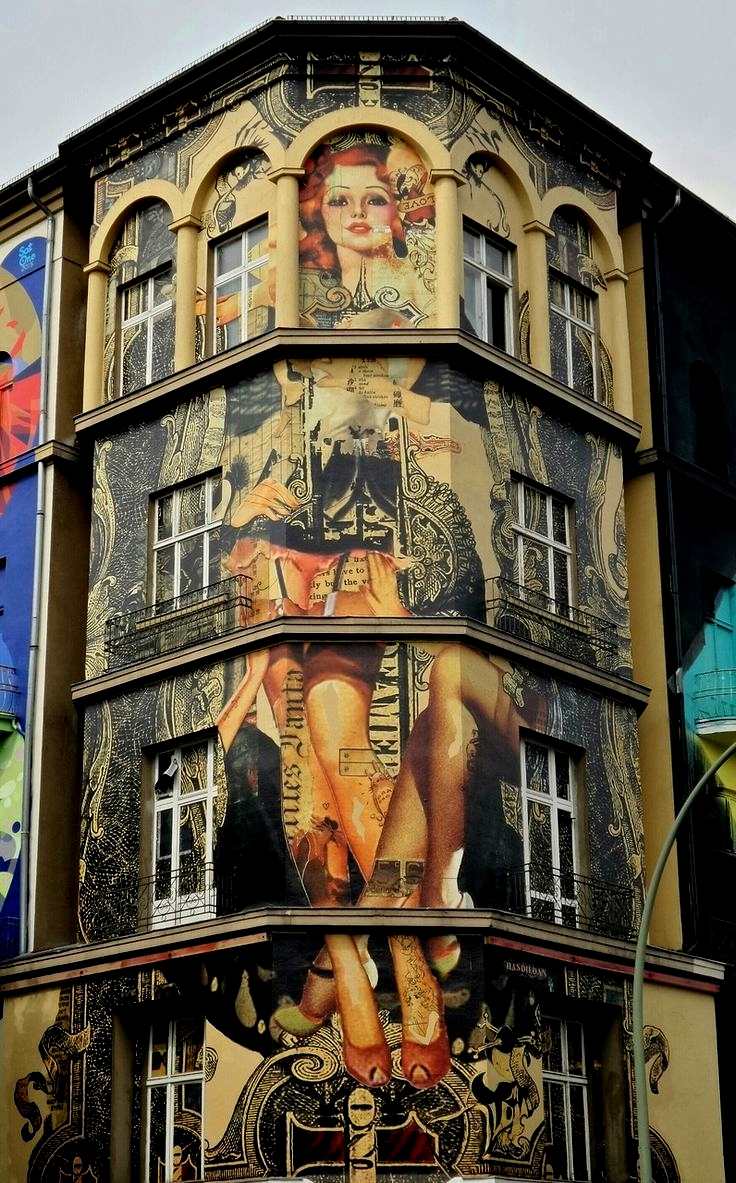
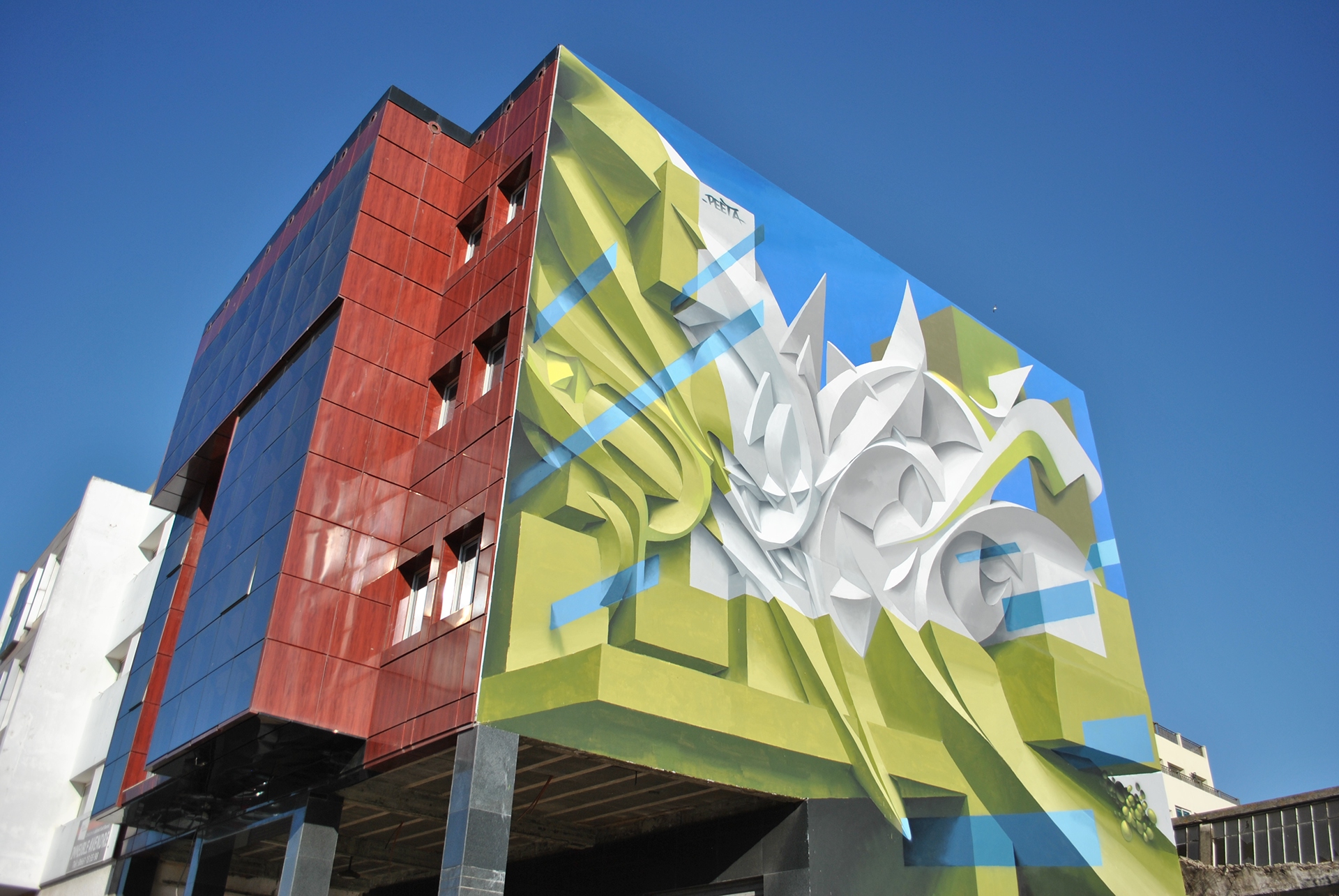

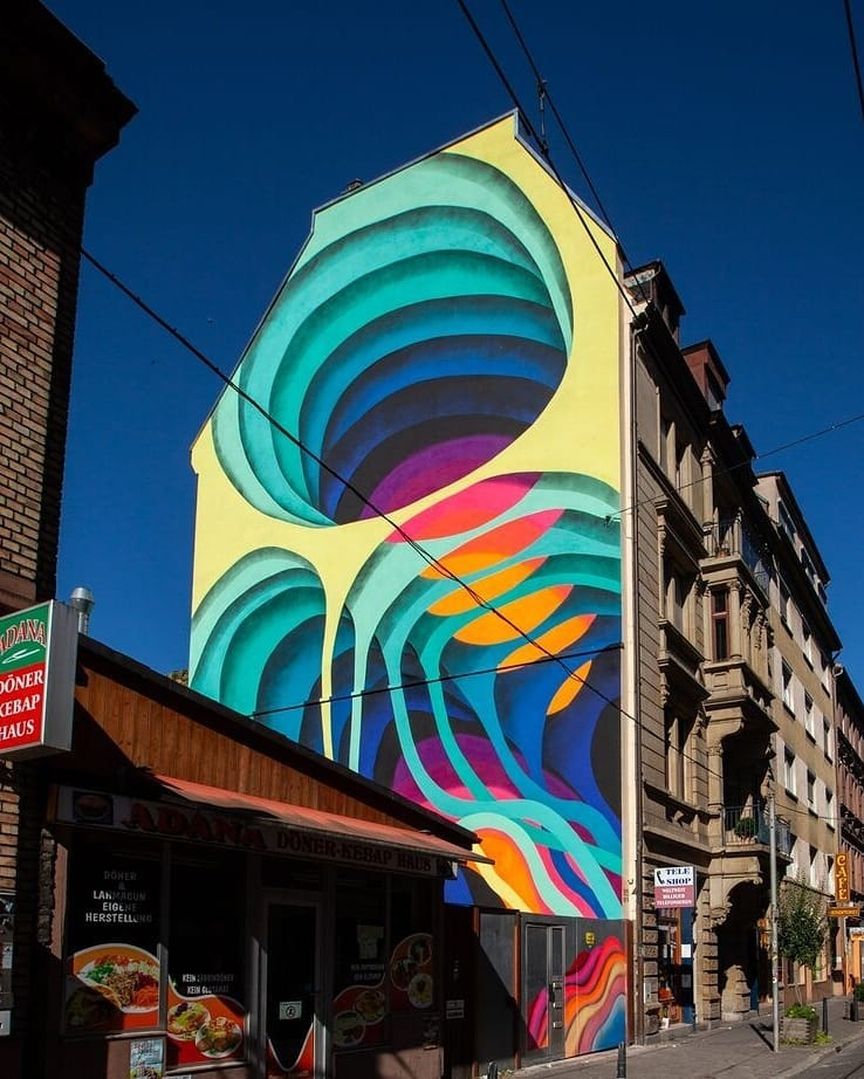
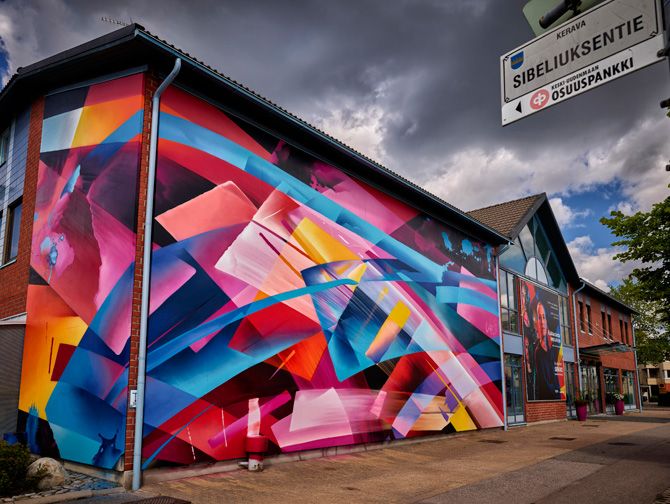
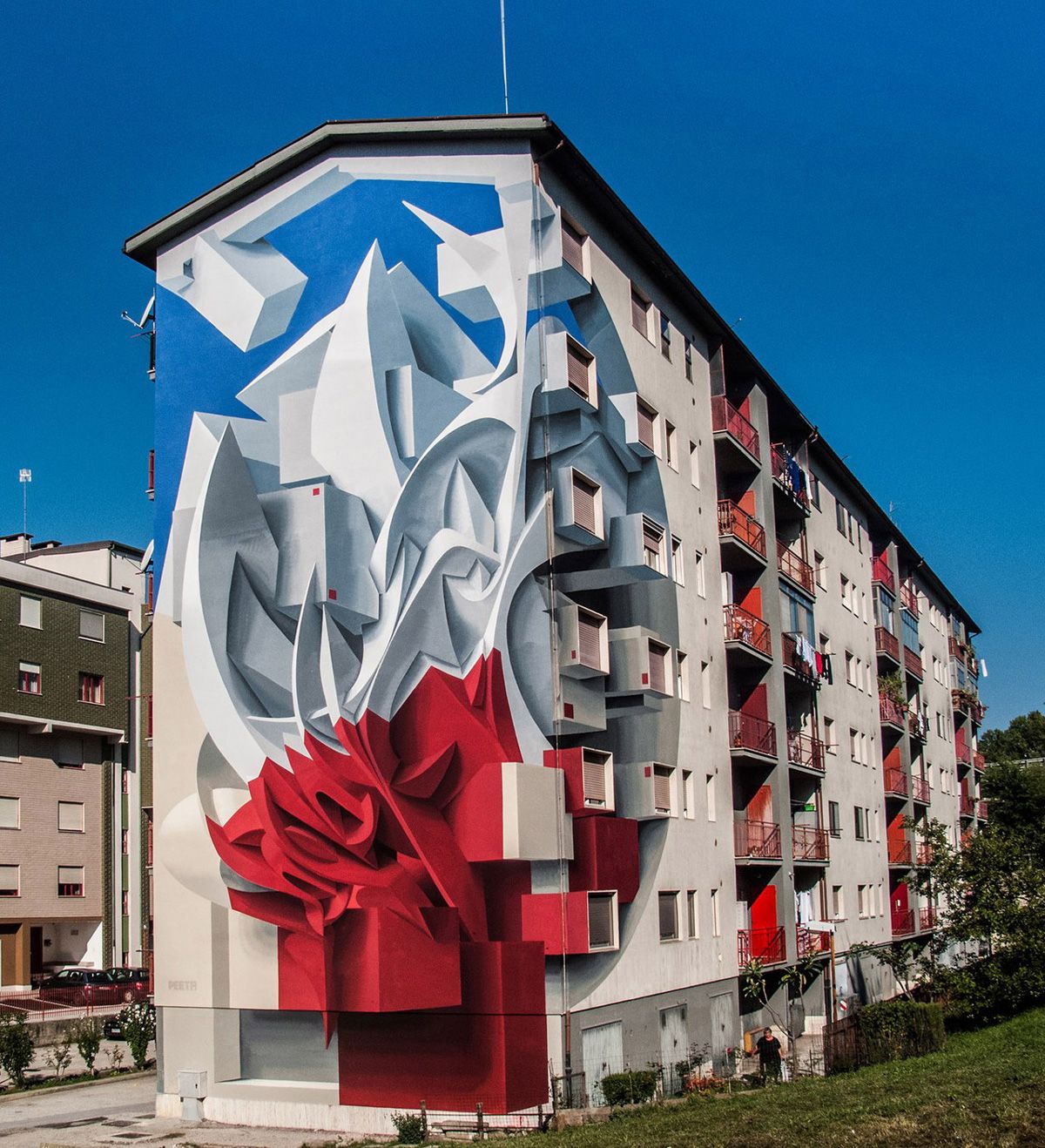
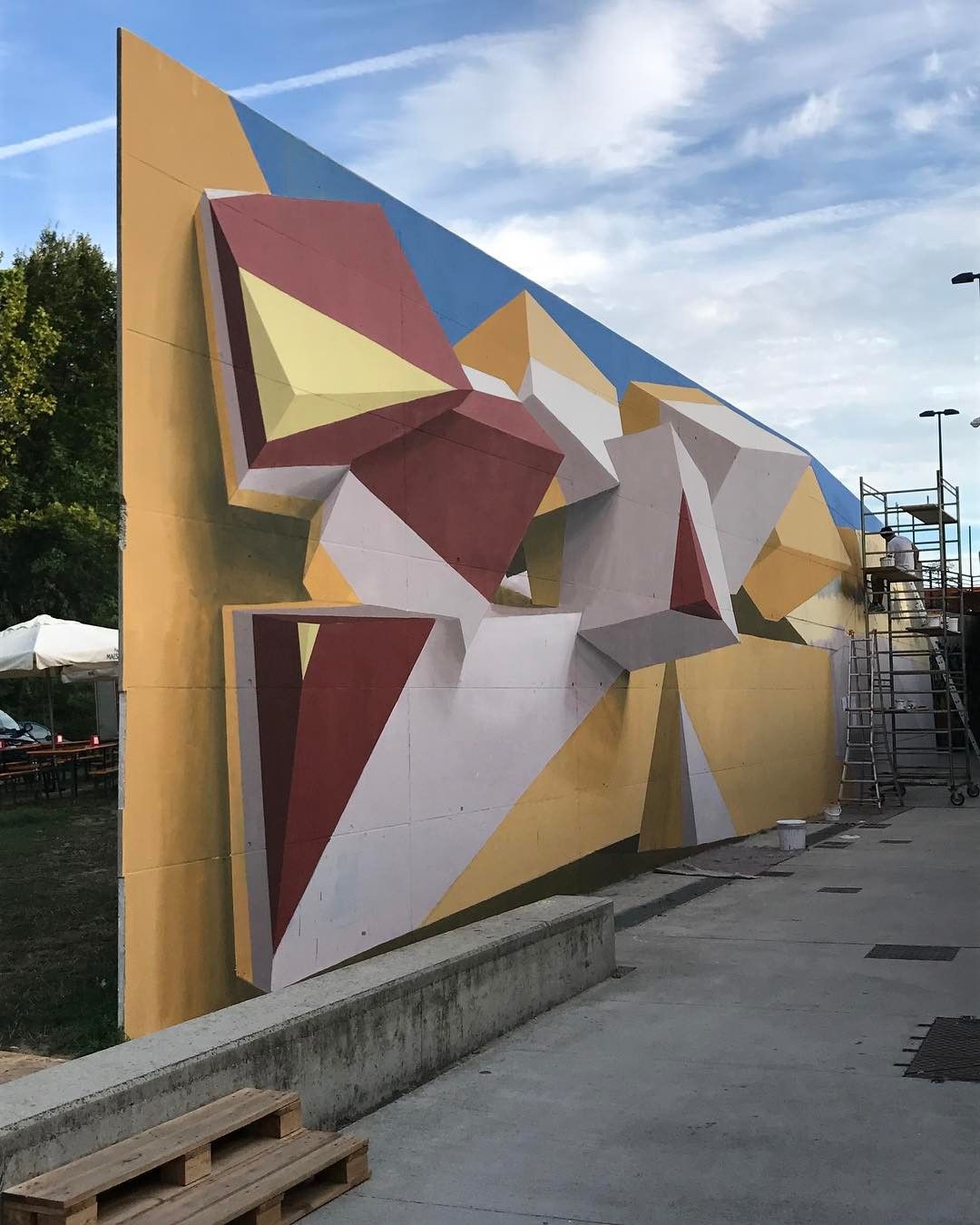
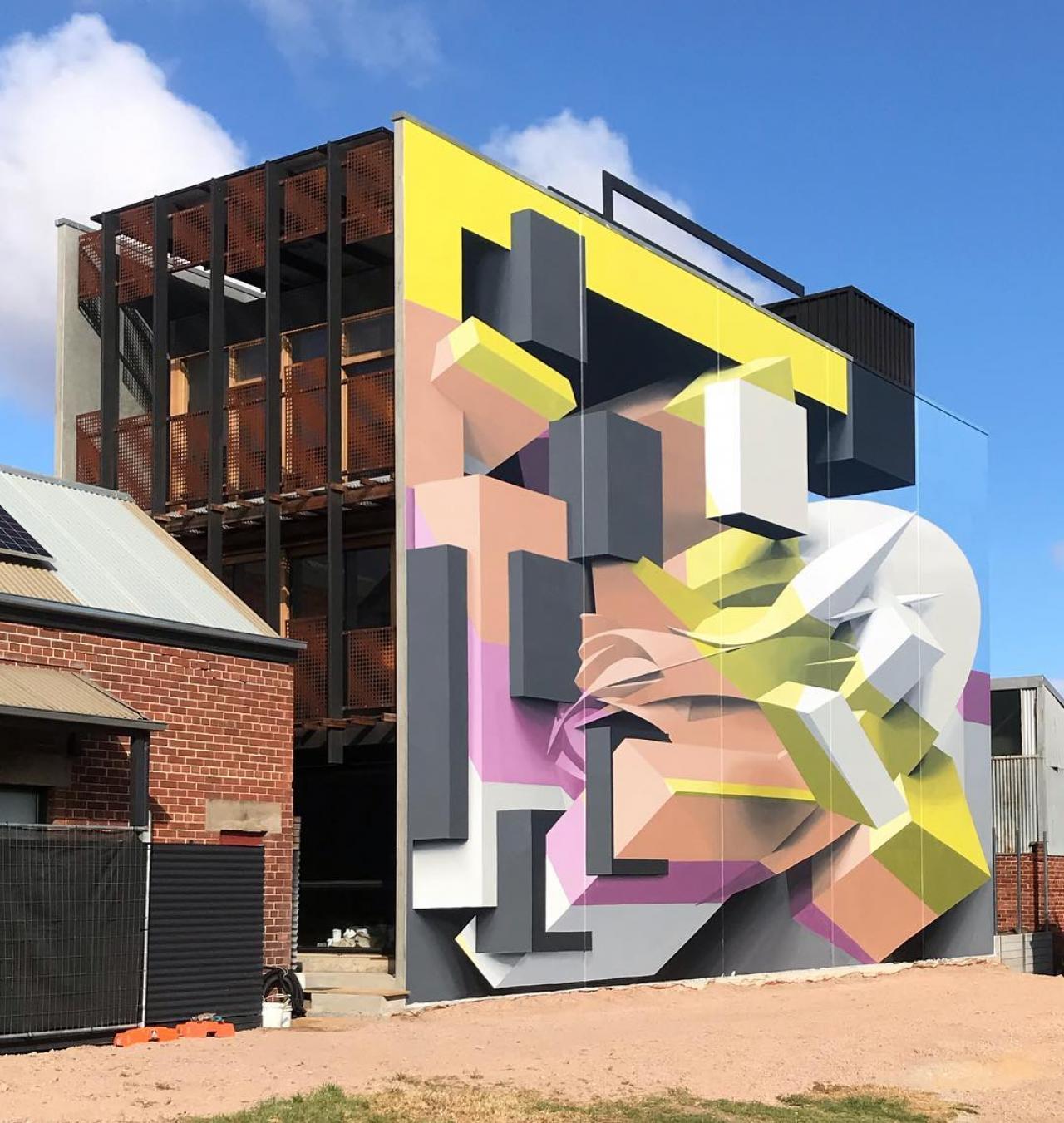
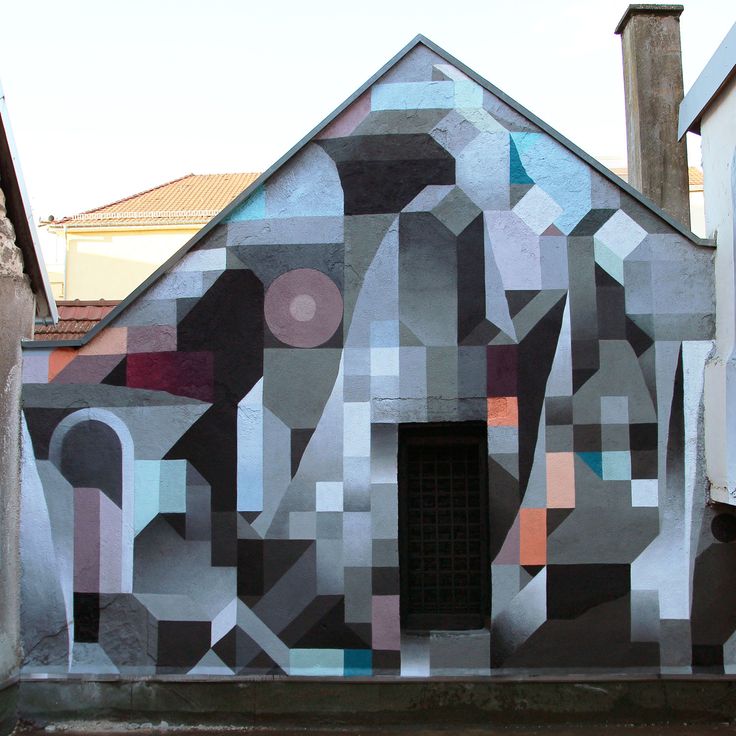

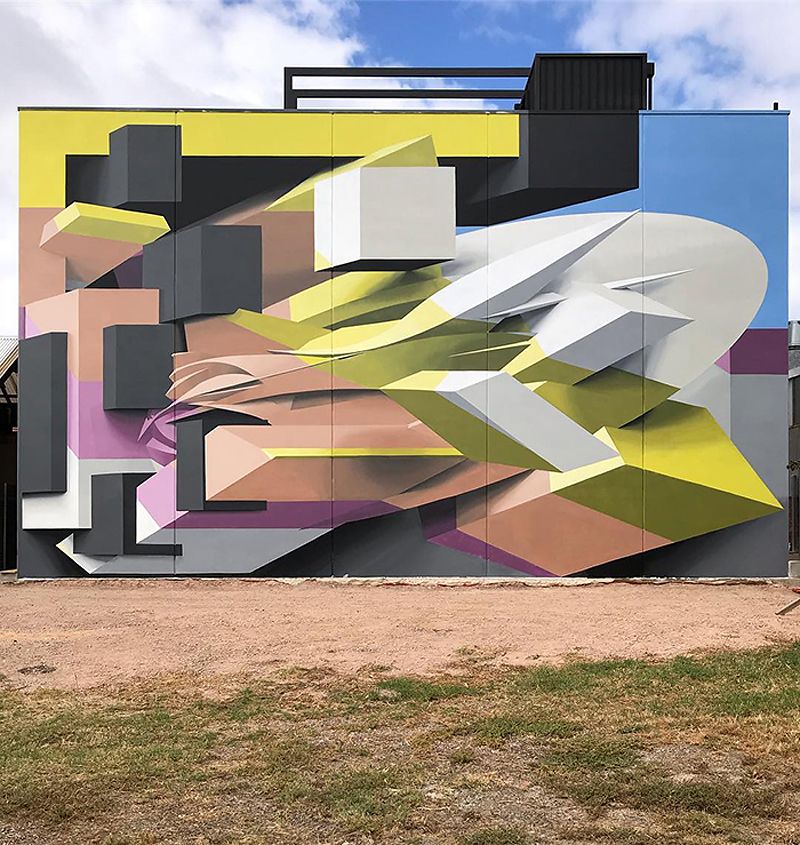

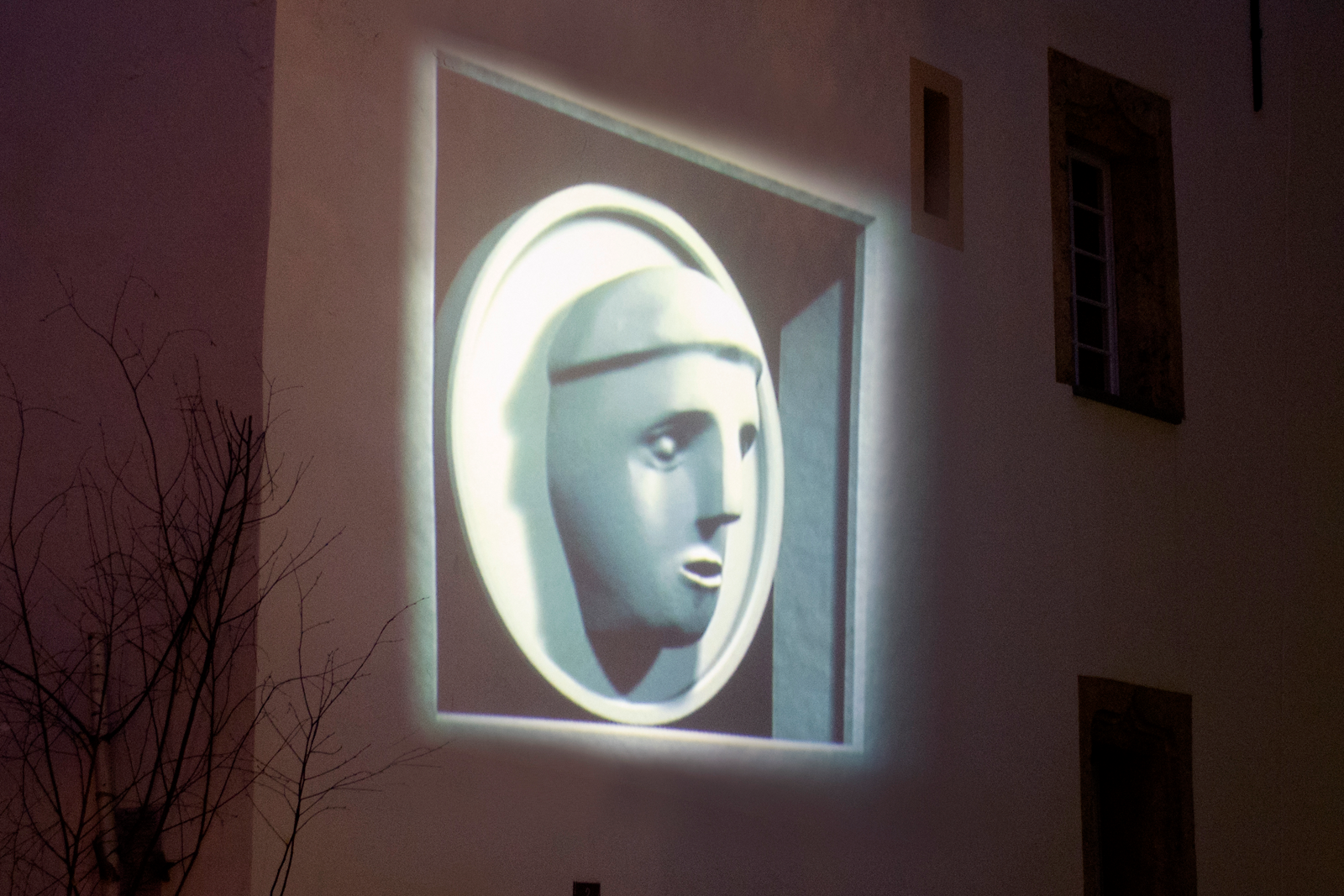
Glancing Angle
In Rome, there are a total of 8 Egyptian and 5 Roman obelisks. In the context of this article, we will focus on four obelisks that were re-erected by Pope Sixtus V. Around 1587, all of Romeís obelisks were toppled down and it was Pope Sixtus V who started re-erecting four of the fallen obelisks in Rome. Pope Sixtus V also redesigned the Piazza in front of the Saint Peter Basilica that was itself under construction at the time. The current oval shaped piazza with the obelisk at the Vatican was designed and built at the orders of Pope Sixtus V. It was part of an overall urban redesign of the city of Rome in which four of the obelisks were given new locations. These four new locations were centered around the obelisk at St. Peterís Square which became the focal point.
The first Egyptian obelisk was originally shipped by Emperor Augustus in 10 BC from Heliopolis, Egypt (dedicated to Seti I/ Ramesses II) to the Circus Maximus in Rome. Circus Maximus was a Roman hippodrome used for chariot racing. The obelisk was moved by Sixtus V from Circus Maximus to Piazza del Popolo where it still resides today.
The second Egyptian obelisk was originally shipped from Thebes (temple of Amun, Tuthmosis IV) to Circus Maximus in Rome by Constantine II the son of Constantine the Great. The initial plans to ship the obelisk to Circus Maximus (Latin for the greatest circus) in Rome however were made by Contantine the Great who didnít have the facilities to actually ship the largest of the Egyptian obelisks (32.18 m tall) to Rome. Eventually, his son succeeded in carrying out his father plans. Both obelisks were placed on the Spina of Circus Maximus. The Spina (backbone) is a 217 meter long wall in the centre of the hippodrome. This obelisk was moved by Pope Sixtus V from Circus Maximus to Piazza di San Giovanni (Laterno) next to the Basilica of San Giovanni.
Itís important to realize that both obelisks of Circus Maximus aligned with the Winter Solstice Sun at sunrise, since the Spina on which they were placed also aligned with the Winter Solstice Sun at sunrise! (see Vatican Alignment calculations)
The third Egyptian obelisk was originally moved to Rome in 37 AD by Emperor Caligula and situated at the Vatican Circus. The origin of this obelisk is unclear. Itís the only obelisk without hieroglyphs. This obelisk was again relocated by Sixtus V to St. Peterís Square where it is seen today.
The fourth and last obelisk is a Roman obelisk that originally stood in
Mausoleum of Augustus and was moved by Sixtus V to the piazza in front
of the Basilica of Santa Maria Maggiore at the Piazza del Esquillino.
What is interesting in the context of this article are the before and
after locations of these obelisks in the overall urban redesign plan of
Pope Sixtus V.
Circus Maximus, for instance, was built in a bend
on the bank of the River Tiber, and on a Winter Solstice day the Sun
would be seen rising over the Tiber River in line with both obelisks at
the Spina when viewed from the Vatican. Pope Sixtus V could have
restored Circus Maximus and placed the obelisks at their original
locations. Itís interesting to notice that viewed from the St. Peterís
Square these obelisks would be aligned with the Winter Solstice Sun!
This is because St. Peterís Square lies exactly in line with Circus
Maximus and the Winter Solstice Sun. Instead, Sixtus had chosen to
relocate one of the obelisks of Circus Maximus to the Piazza del Popolo.
The obelisk at the Piazza del Popolo, however, aligns with the
obelisk at St. Peterís Square and the summer solstice Sun at sunrise!
(See Vatican
Alignment calculations)
Like the Equinox Sun, the summer solstice Sun is seen rising over the River Tiber from St. Peterís Square since the obelisk at the Piazza del Popolo is situated only two blocks away from the river.
The other obelisk of Circus Maximus was Romeís tallest obelisk and was moved to the Piazza di San Giovanni in Laterno (in southeast direction from the Vatican) which resides at an azimuth of 114į 0í which is 9 degrees off the Winter Solstice sunrise azimuth of 123į for Rome. While both obelisks in Circus Maximus originally aligned to the Winter Solstice, Pope Sixtus V deliberately altered these alignments and made sure that one of the obelisks now aligned with the Summer Solstice Sun. The other obelisk that previously aligned to the Winter Solstice Sun was now deliberately misaligned.
Itís obvious that the alignment of both the obelisk at St. Peterís Square and the obelisk at Piazza del Popolo must have been intentional since both obelisks were put there by Sixtus V. While he could have chosen for a Winter Solstice alignment of St. Peterís Square obelisk by erecting the other obelisk at Cricus Maximus itself, he chose otherwise.
Itís beyond any doubt that Sixtus V was well aware of these alignments since he designed St. Peterís Square to be a giant sun dial. In 1817, circular stones were set marking the tip of the obeliskís shadow at noon. Since the Sun moves in between the tropics during a solar year, it enters all of the signs of the zodiac in one solar year, and the marks set out in stone therefore make a gnomon of the obelisk at St. Peterís Square. But thereís more Ö
We surmise that Pope Sixtus V was also well aware of the significance of the Great Celestial Conjunction around 2012 and its association with the biblical End Times.
To enhance this argument, itís interesting to realize that the coat of arms of Pope Sixtus V contained an eight-pointed cross above four stacked mountains (or hills). The coat of arms of Sixtus was sometimes also depicted with three instead of four hills.
As explained before, in ancient Egypt and freemasonry mountains, pillars and clouds all represent the Milky Way. The four mountains in Pope Sixtus coat of arms could therefore represent the four Great Celestial Conjunctions or the four Milky Way Equinox/Solstice alignments that occur in a Great Year!
Pope Sixtus V used the eight-pointed cross in abundance in architectures and; in many cases he even placed the four-pointed Christian cross on top of an eight-pointed cross! The obelisk at Piazza di Giovanni, for instance, was adorned with both a four and eight-pointed cross by Pope Sixtus V. It was also a reference to this coat of arms!
The four Great Celestial Conjunctions in a Great Year are the four mergers of the two superimposed four-pointed crosses (Earth Cross and Galactic Cross) to form a single four-pointed cross!
We therefore suggest that the eight-pointed cross at St. Peterís Square
symbolically represents a Great Celestial Conjunction.
Itís the alignment of the Earth Cross with the Galactic Cross that is being
symbolized at St. Peterís Square. Notice that there is a small four-pointed
cross in the center around the obelisk (the Sun) that is aligned with the
outer eight-pointed cross. The eight-
pointed cross is the superposition of the Galactic Cross and the Earth
Cross. This is why Pope Sixtus V placed a four-pointed cross on top of the
eight pointed cross! The crosses are recognized as follows:
The axis on
which the two fountains at St. Peterís Square reside is the Galactic Equator
of the Milky Way since the Milky Was is associated with water.
The cardinal
direction of this Galactic Equator axis corresponds with the Milky Way that
straddles the East horizon from North to South.
The Earth
Cross aligns closely (but not perfectly) with the two solstice axis
The esoteric
significance of the Summer Solstice alignment of St. Peterís Square obelisk
with the obelisk at the Piazza del Popolo is that it symbolizes a Summer
Solstice Galactic Alignment. Since the sky chart over St. Peterís Square
with the
Pleiades
residing over the Seven Hills symbolizes the Silver Gate, we postulate that
the Vatican alignments represent a Summer Solstice Galactic Alignment at the
Silver Gate.
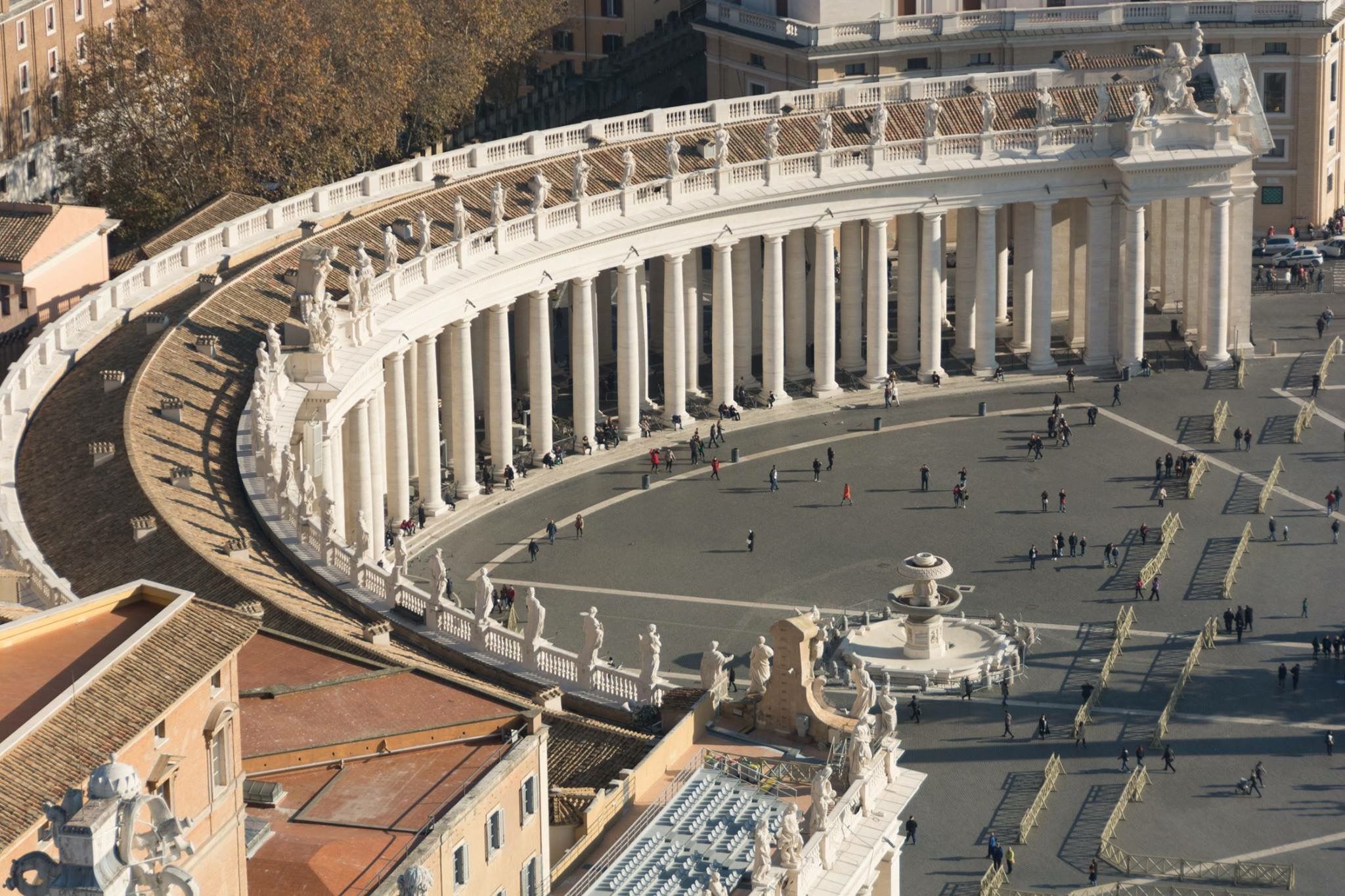

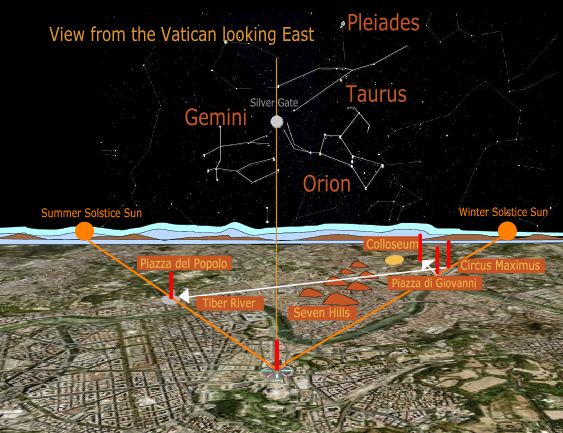
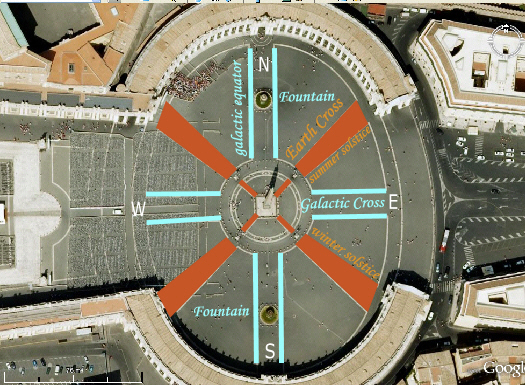

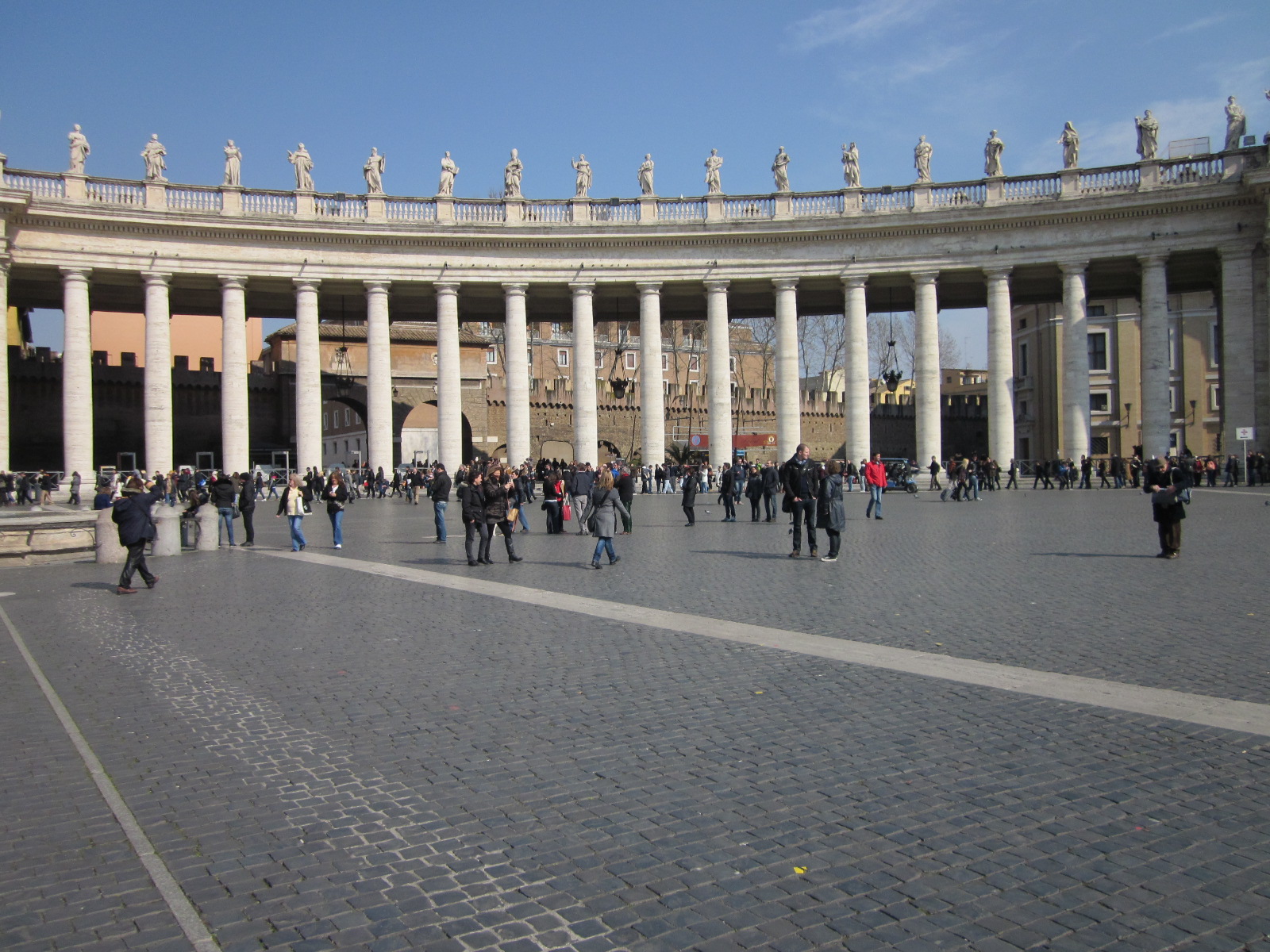
The
silver gate is located between the horns of Taurus, the bull, sign ruled by
Venus, which is another name for Isis, divine feminine archetype. Isis is
usually depicted with horns and the silver gate between them in a very prominent
way.
Isis Horns
The enslavers of our world have sought to hijack this energy in their financial
system, with for example the $ symbol (2 i and 2 s) standing for Isis, the
famous bull statue in front of wall street, and the word for money in french
being 'argent', which means silver.
Money is obviously linked to our sense of being nurtured, supported and
connected to our environment by the ability to create in it. When one is in the
enslaving system and deprived of money, one can feel alienated, abandoned and
all alone, disconnected from Unity, which is the feminine energy.
I believe that the enslaving system seeks to hijack and control Isis for their
own sick purposes, but that the true essence of Isis is that of Divine Feminine,
which is Unity, providing every body with the abundance of all creation.
On the other side, I'm logically assuming that the golden gate is linked to
Isis's complement Osiris, divine masculine archetype, whose story of death,
rebirth and underworld resonates with the zodiac sign Scorpio. The Scorpio sign
is often considered to have three stages of evolution, the scorpion, then the
snake, then the eagle. It's interesting to see how, if we go from the galactic
center towards our sun, after passing through the golden gate near the Scorpio
constellation, we pass through the snake of the Ophiucus constellation, and then
through the Aquila (eagle) constellation, as seen on the above picture of the
golden gate location.
Then we pass through our solar system, towards the silver gate. As seen on the
above picture of the silver gate location, just before entering the silver gate
we pass through the Lepus constellation, and then the Orion constellation. Orion
in ancient egypt represented Osiris. Lepus was said to be Osiris's boat to
journey every night to the underworld, situated through the silver gate, by
following Anubis's lead. Next to the Lepus constellation is the Canis Major
constellation, the dog, that the ancient egyptians associated with Anubis,
dog-headed deity.
The Lepus constellation is nowadays depicted as a white rabbit, a widely used
symbol in nowadays media, for example in Alice in Wonderland and Matrix, the
white rabbit is followed down the rabbit hole, where we can choose between two
paths, cakes that make you tall or small, blue pill and red pill, one of these
paths leading into another world. In Matrix, Morpheus even says "you take the
red pill, you stay in wonderland, and I show you how deep the rabbit hole goes"
As an additional synchronicity, many cultures have seen a hare (guide towards
the silver gate) on the surface of the moon, feminine archetype linked to silver
and silver gate.
Additionally, Ophiucus seems to actually represent Isis. This constellation
depicts a snake handler, a feminine attribute associated with many Goddesses.
The myth of Ophiucus is that of a man healer who resurrected Orion. Isis is a
woman healer who resurrected Osiris. The Ophiucus myth is part of ancient Greek
mythology, which is composed of stories that were passed down from ancient Egypt,
sometimes losing their essence in the process. As we know, Orion is actually
Osiris, and therefore Ophiucus is actually Isis. This constellation was removed
from the mainstream zodiac in an attempt to suppress divine feminine energy,
disconnecting people from the 13 zodiac/moon cycle by changing the calendar, and
hiding the Isis constellation by changing the myth.
It's interesting to note that when Osiris was killed, he was split (disconnected
individuality) into 14 parts (our 14 zodiac constellations), and resurrected and
put together by Isis (Unity), who could only find 13 pieces (13 zodiac per year).
The missing piece was his phallus, and she made a golden one to replace it,
perhaps the additional day in a 13 months year (a lunar cycle is 28 days,
28x13=364, +1=365 days in a year)
Osiris is usually depicted with the crook and the flail. The flail having three
branches reminded me of Shiva's Trident, another masculine archetype who has
three aspects like Scorpio/Osiris and whose theme of creation/destruction
resonates with death/rebirth. This theme doesn't need to imply suffering, but is
here to express the movement/action/masculine aspect of life, creating cycles,
different forms and shapes, and transitions into different worlds.
To sum it up, as seen on the constellation maps above, Orion/Osiris (masculine)
and the Taurus (feminine) are pointing at the Silver Gate (feminine), and
Ophiucus/Isis (feminine) and Scorpio (masculine) are pointing at the Golden Gate
(masculine). This is a perfect mirror, representing how balance is needed in all
things.
The path that goes from the galactic center towards our sun, through the silver
and golden gate, is the milky way, which was considered in ancient Egypt to be
the celestial river upon which Osiris's boat is sailing.
Many other Egyptian deities are pictured on boats that ressemble wormholes:
Silver and golden gates can explain the essence of feminine and masculine
energies, and symbolism attached to it has been widely used in our world.
( 2 )
Addendum
Video of the teaching; complete version livestream
https://livestream.com/kfssi/plasmagroup/videos/236154736
JEDISEARCH\ANAMORPHOSIS\ Keshe Plasma Reactor Group May 10th 2023 VIDEO CUT.mp4
Keshe Plasma Reactor Group May 10th 2023 AUDIO CUT.m4a
JEDI SEARCH ANAMORPHOSIS

Jedi Path Metaphysical and
Alchemical Works
Written and compiled by Jedi Simon for personal and educationl
purpose.2023 All rights reserved.
by Jedi Simon and the authors of the included texts, images and drawings
recollected here to allow
a better and factual comprehension of concepts, topics, ideas and principles
involved in the process.
Many thanks to Leon Keer, Chalkfestival, and all the artists that partecipated
with their artworks to
open up this dimension. This is a temporary page created for the teaching.
Personal viewing and use only.